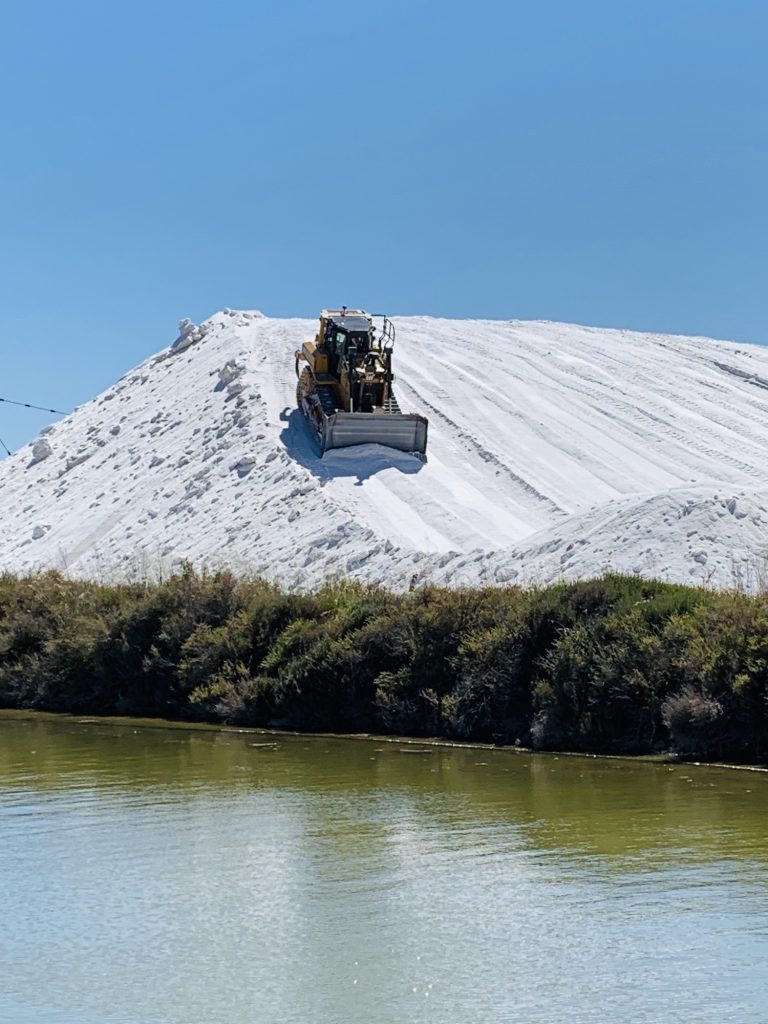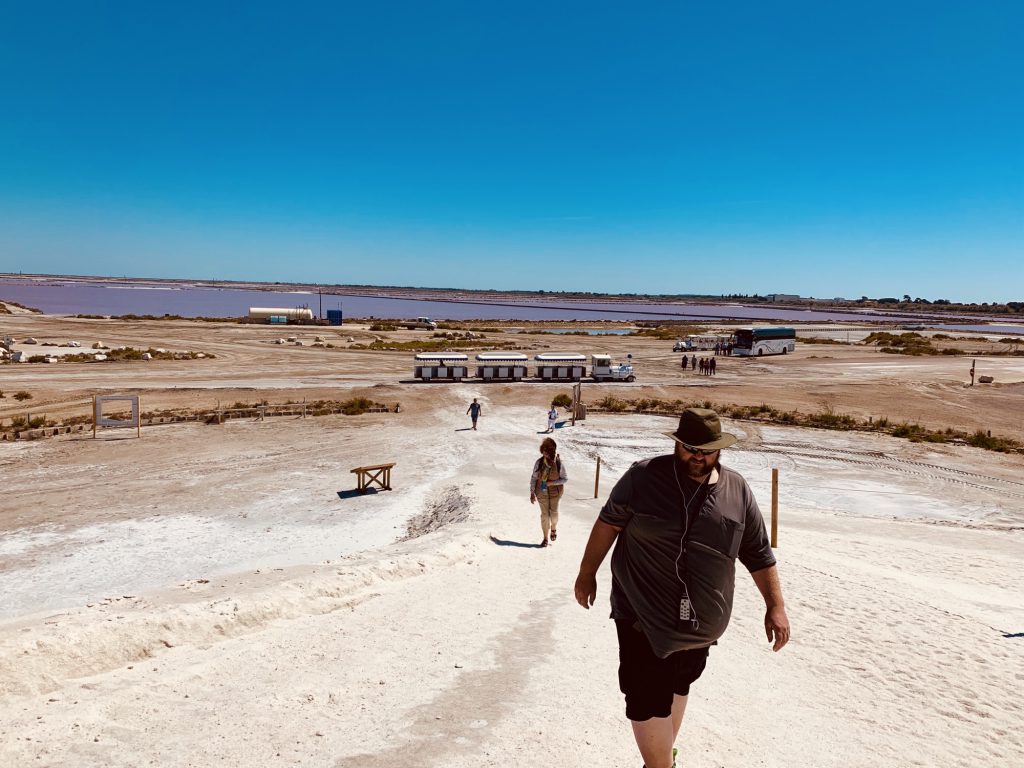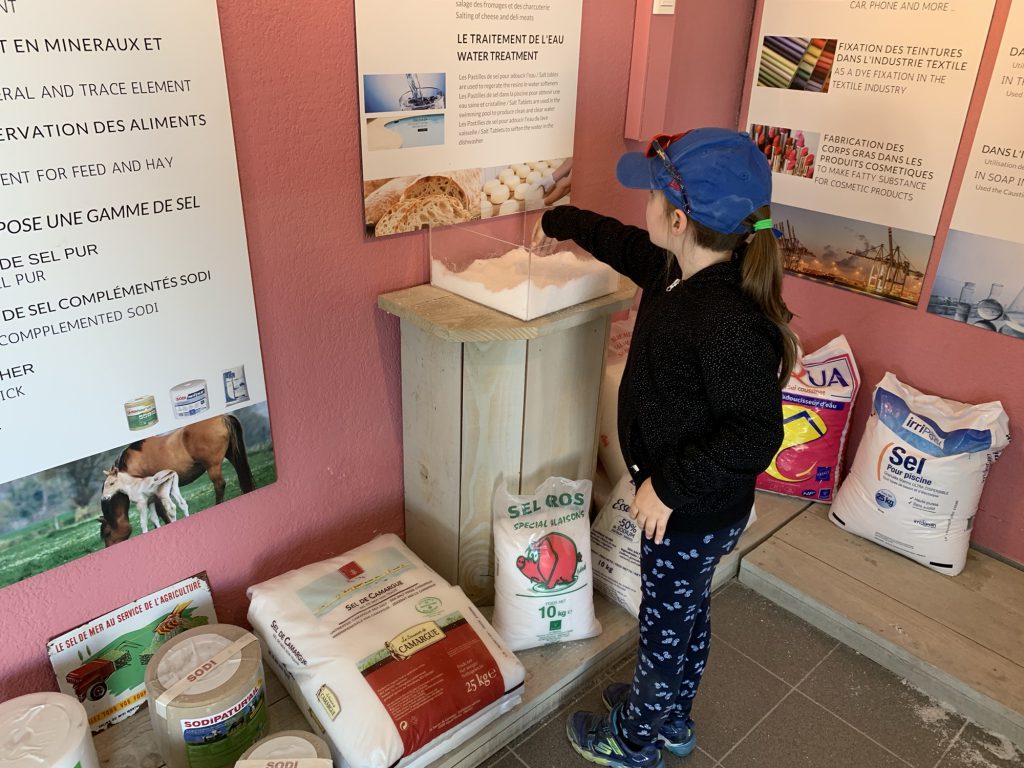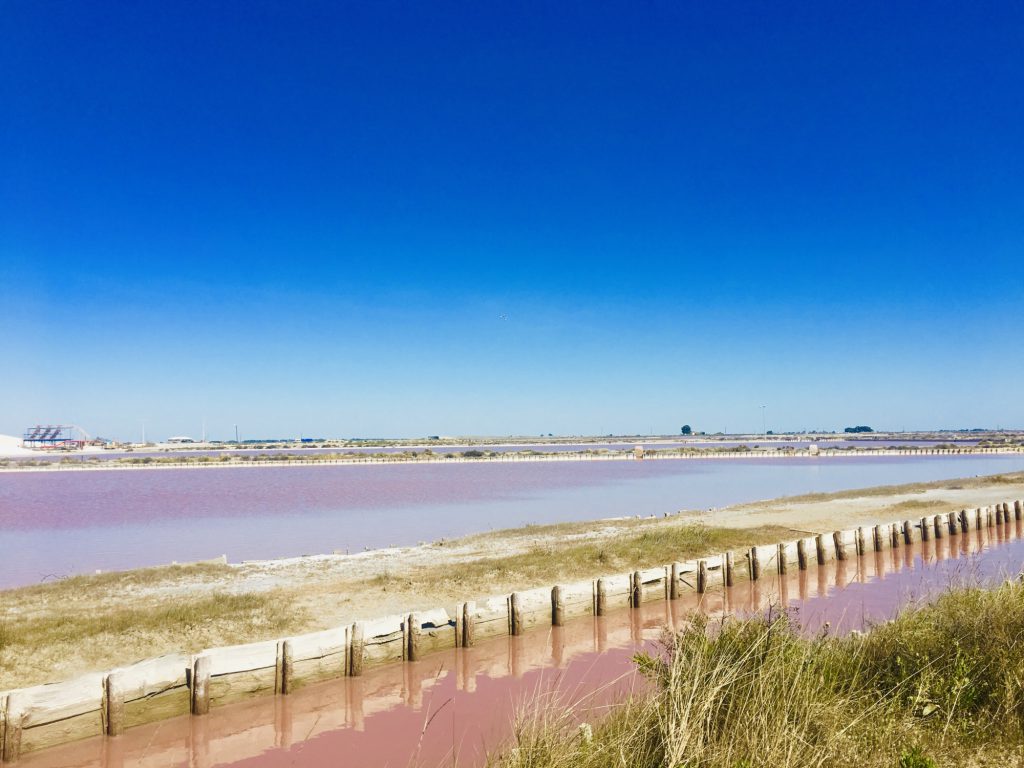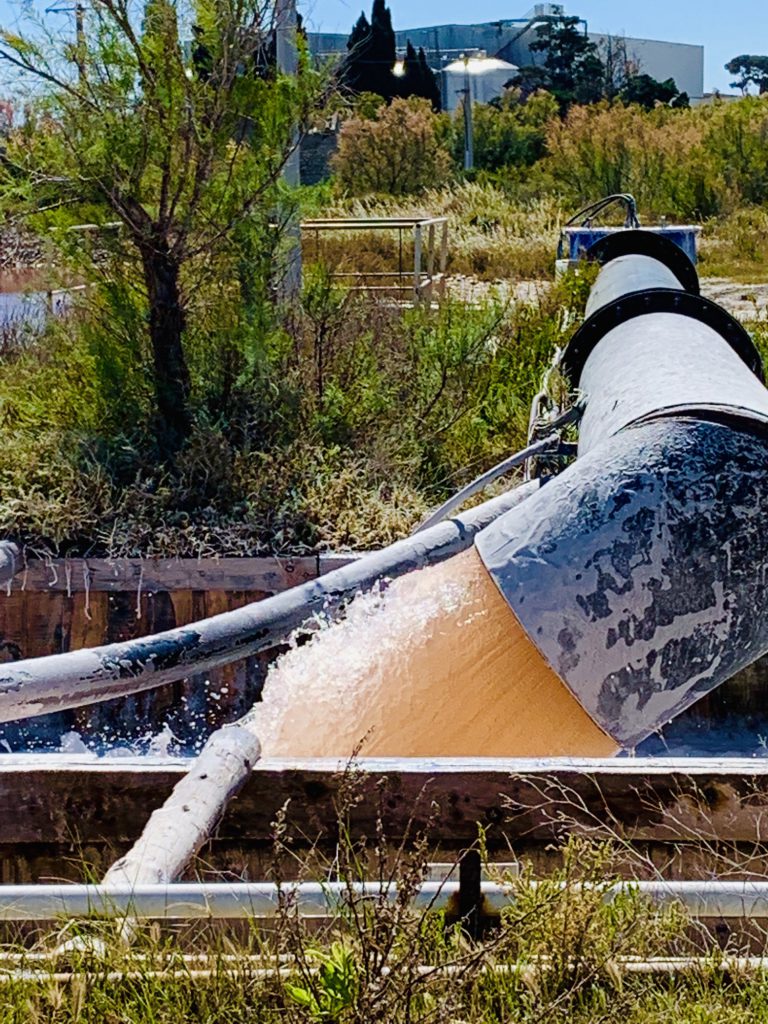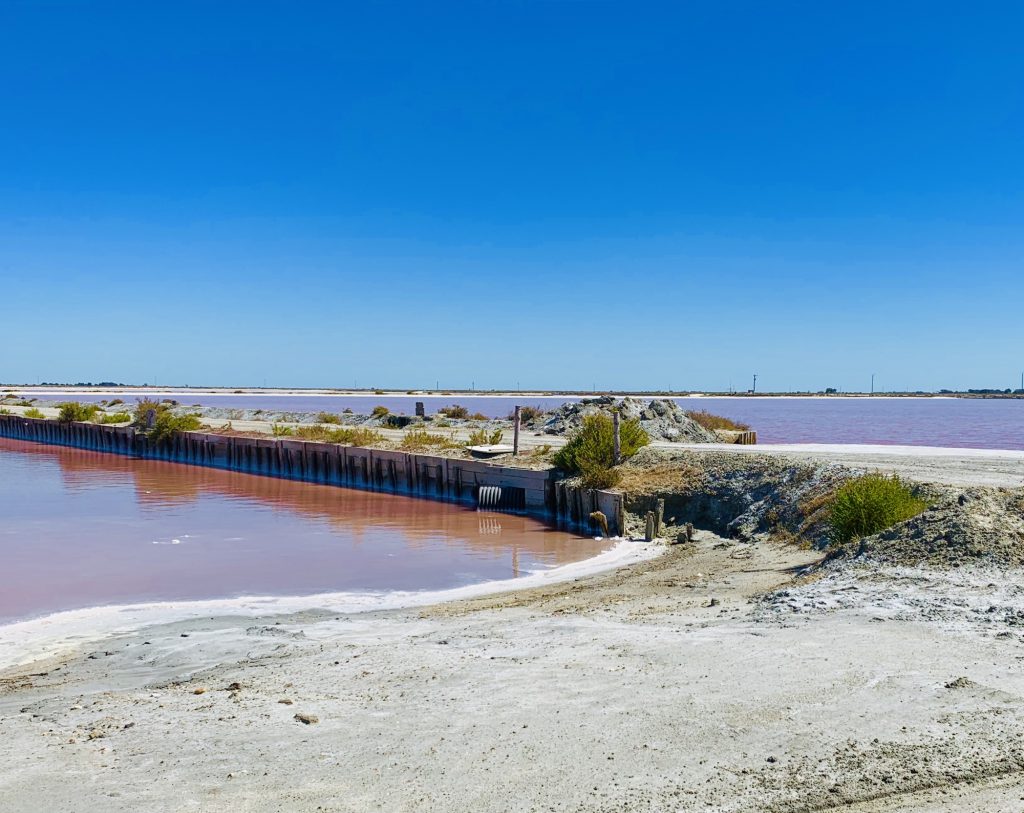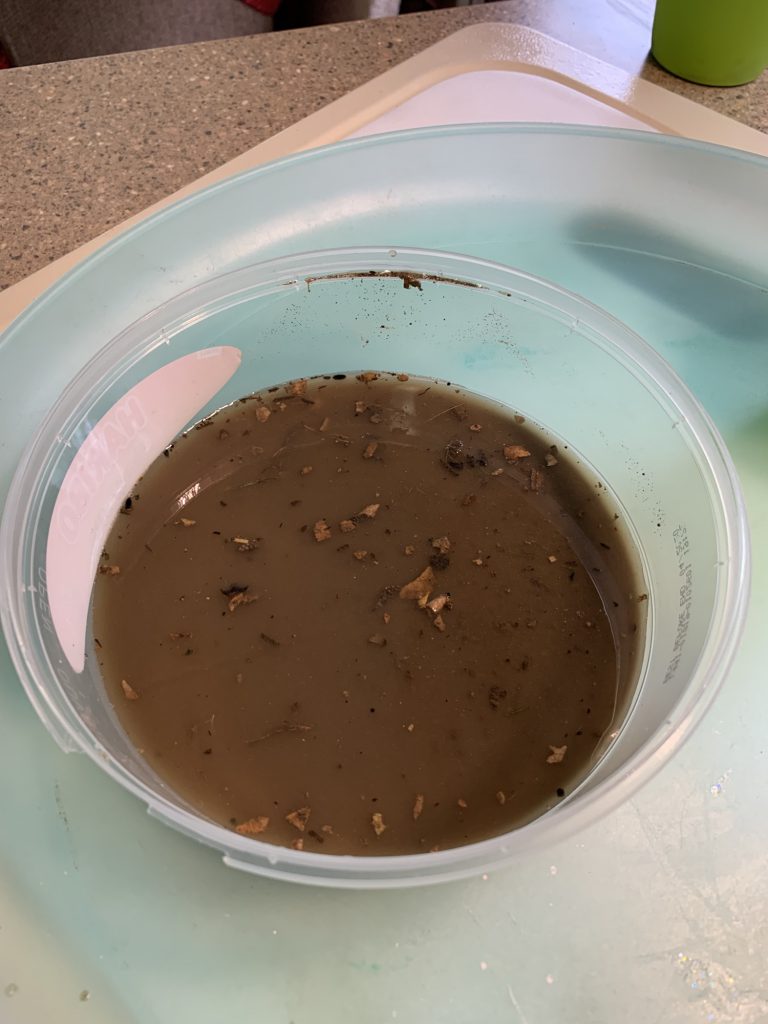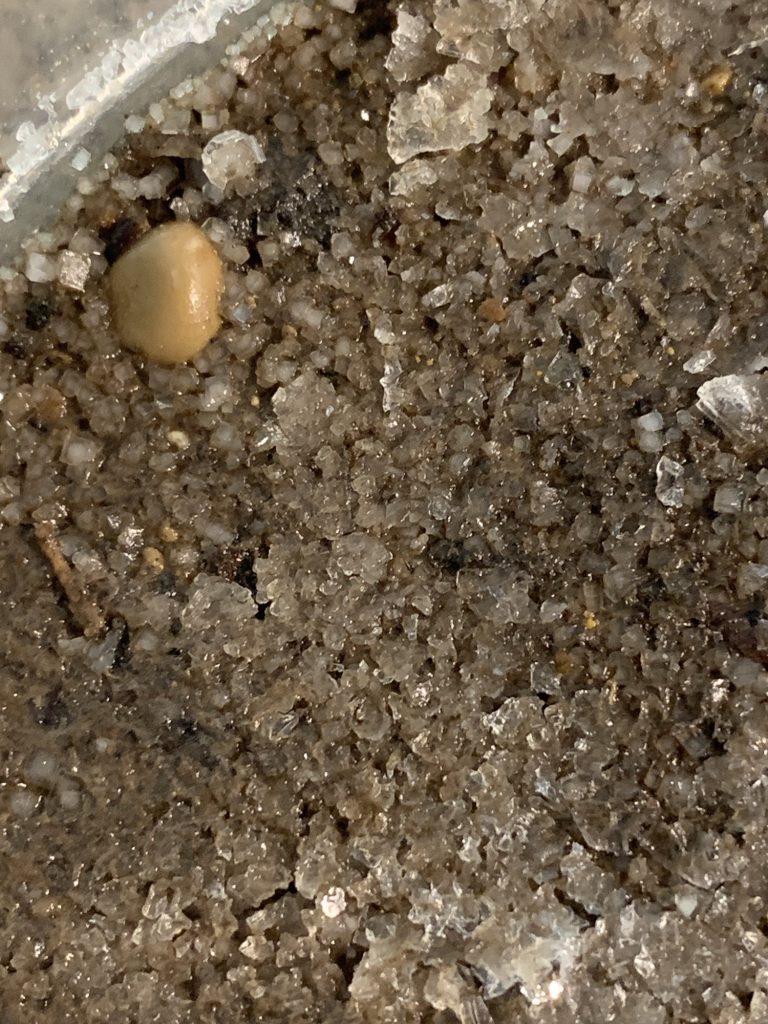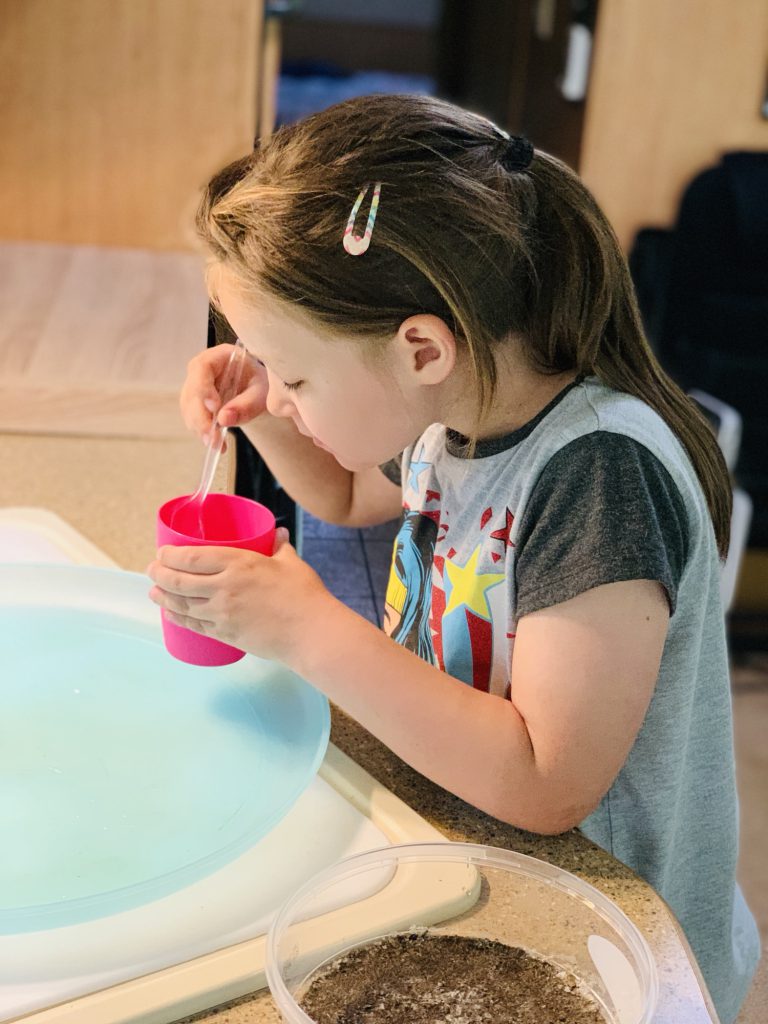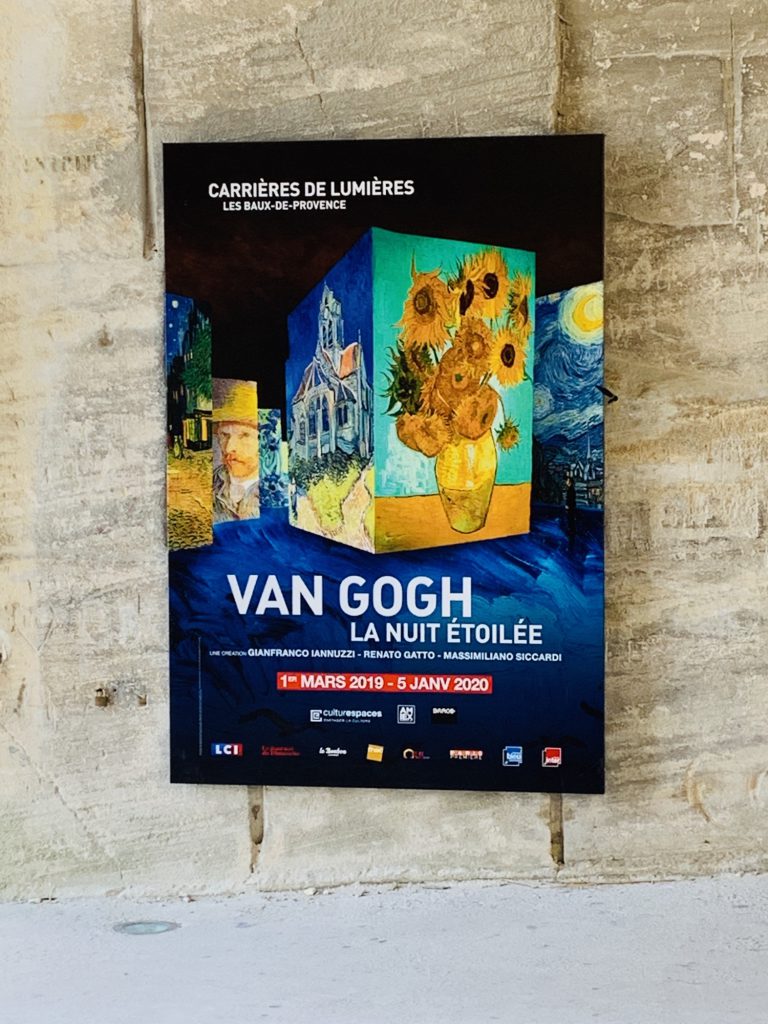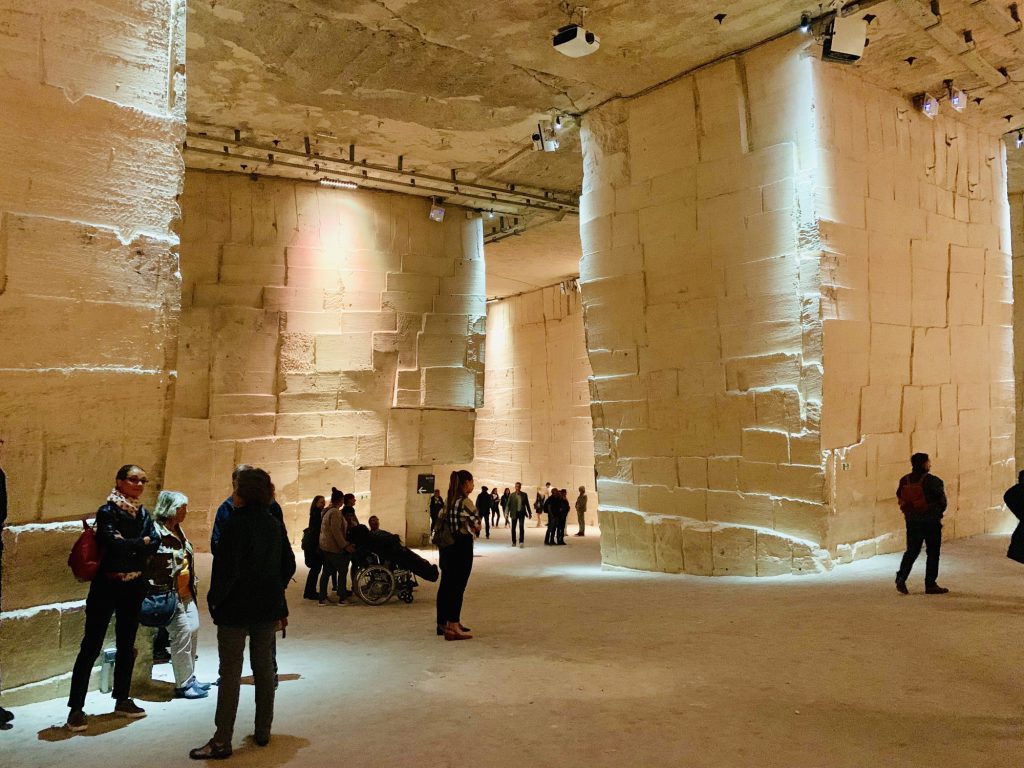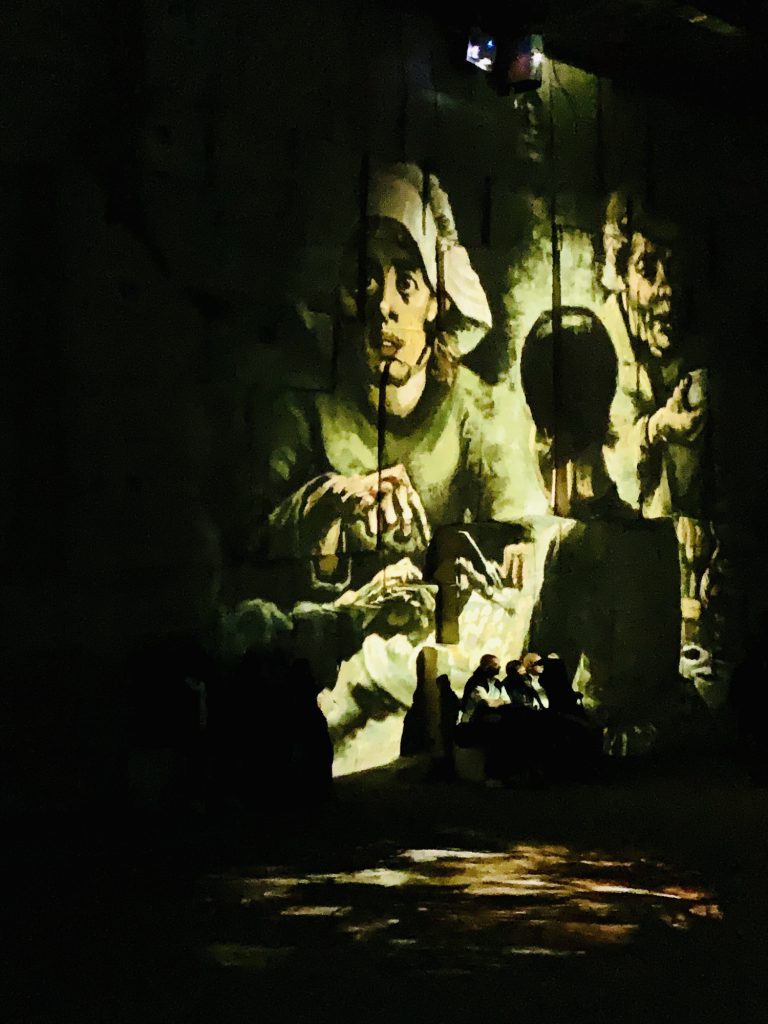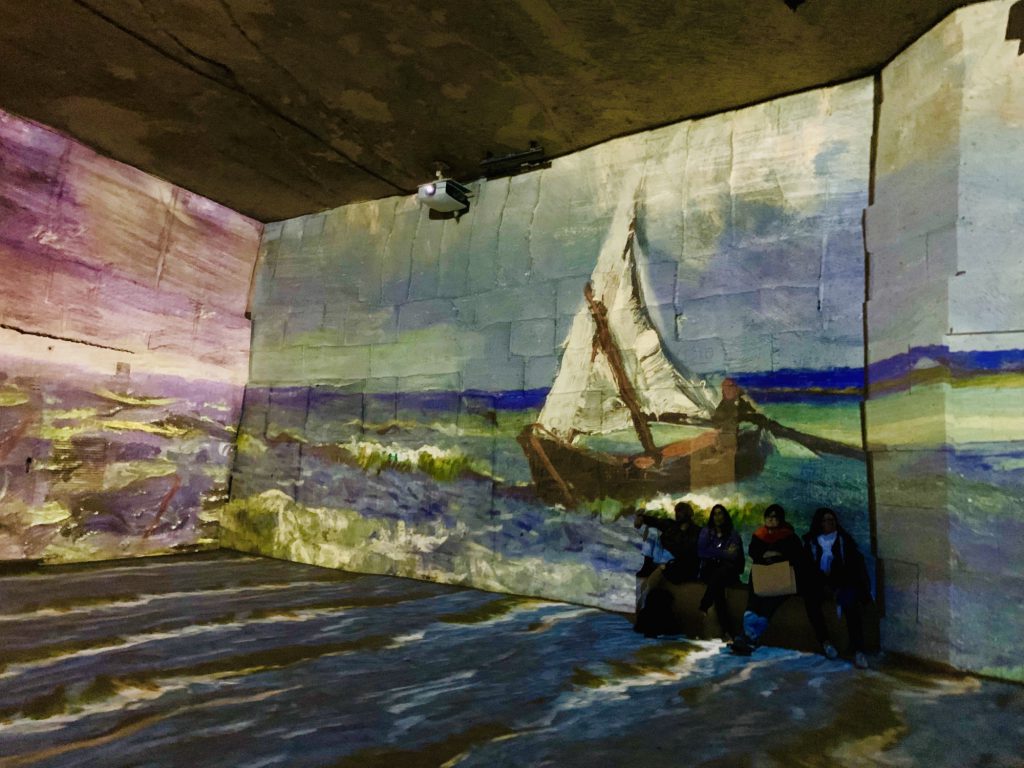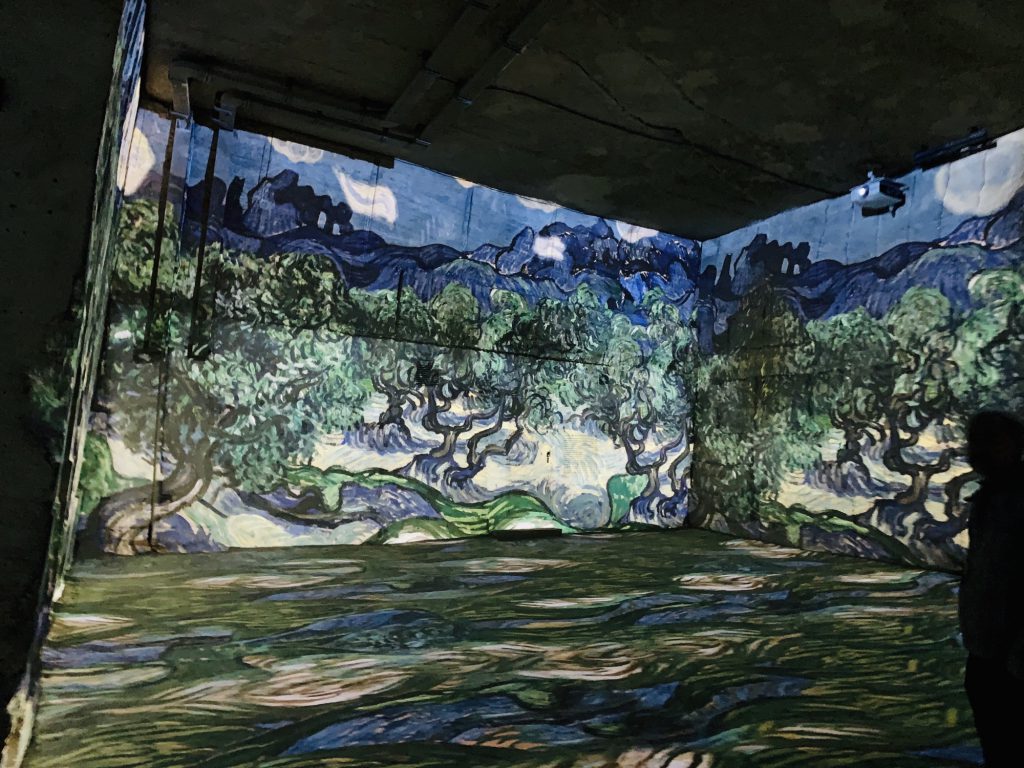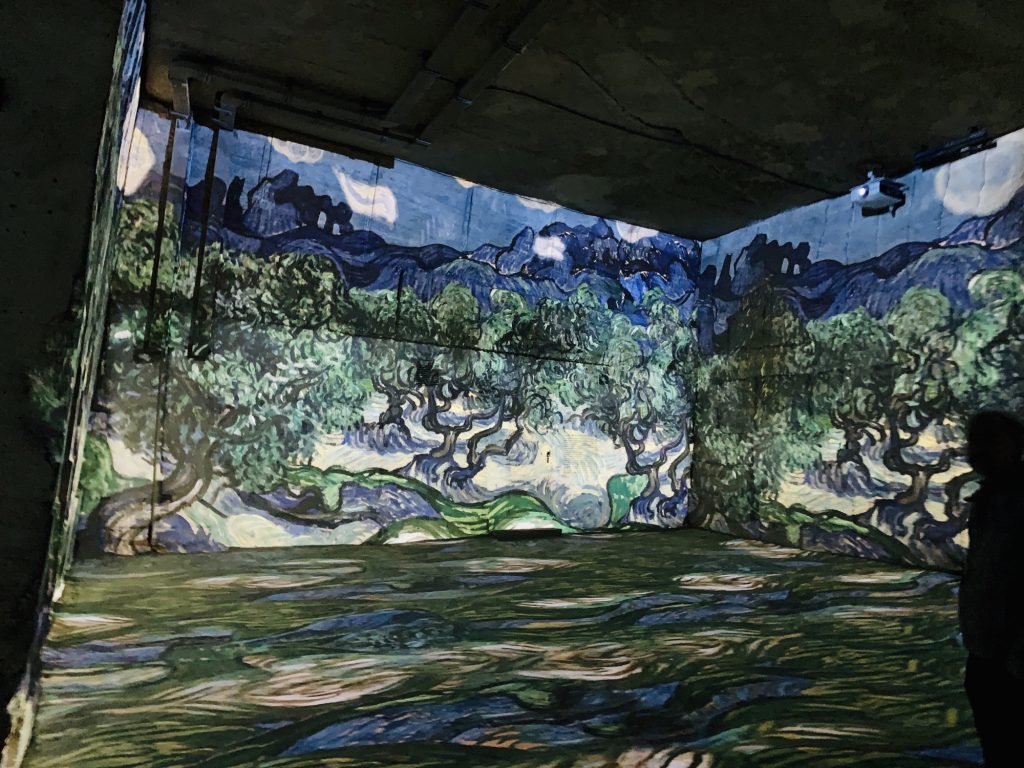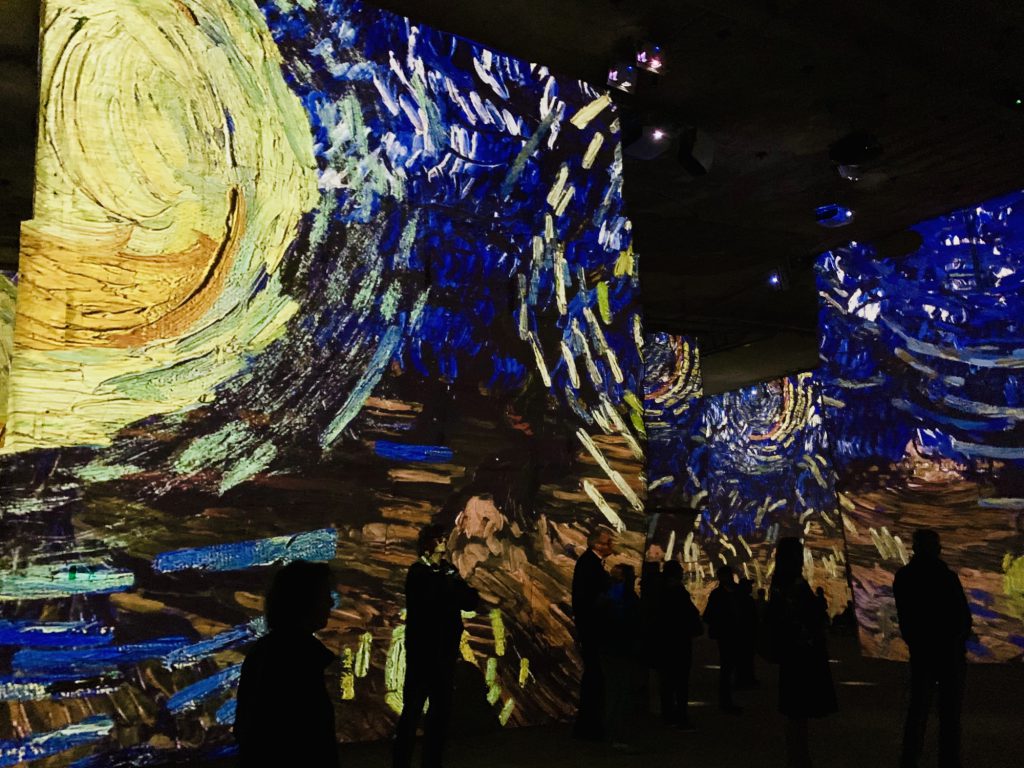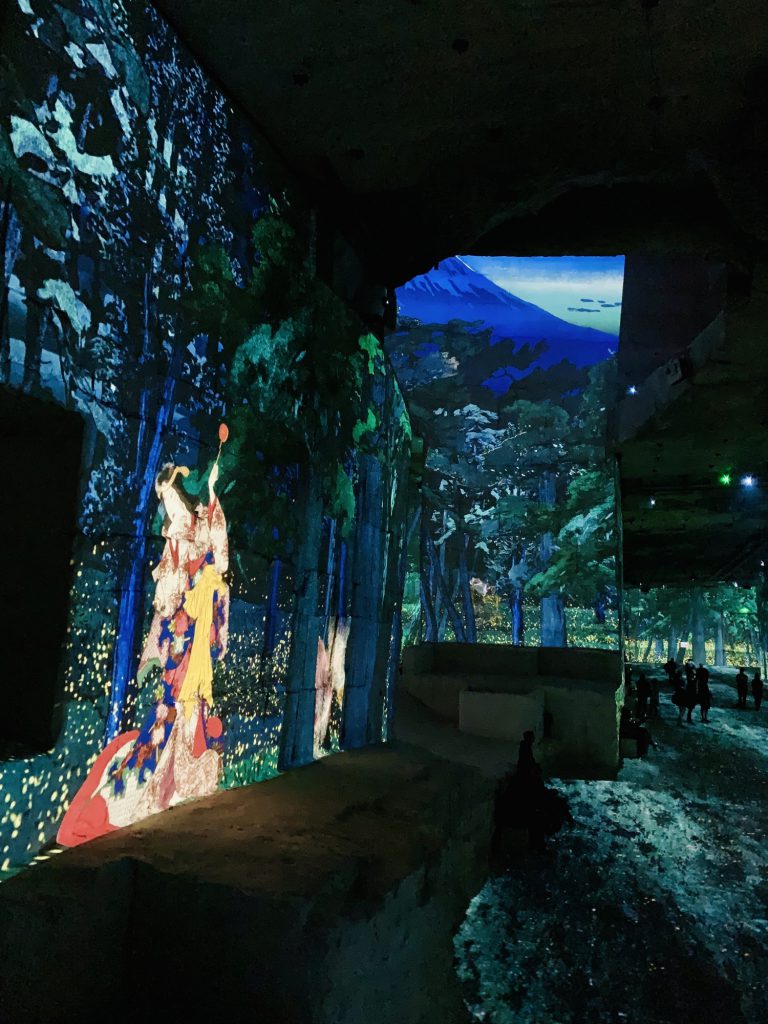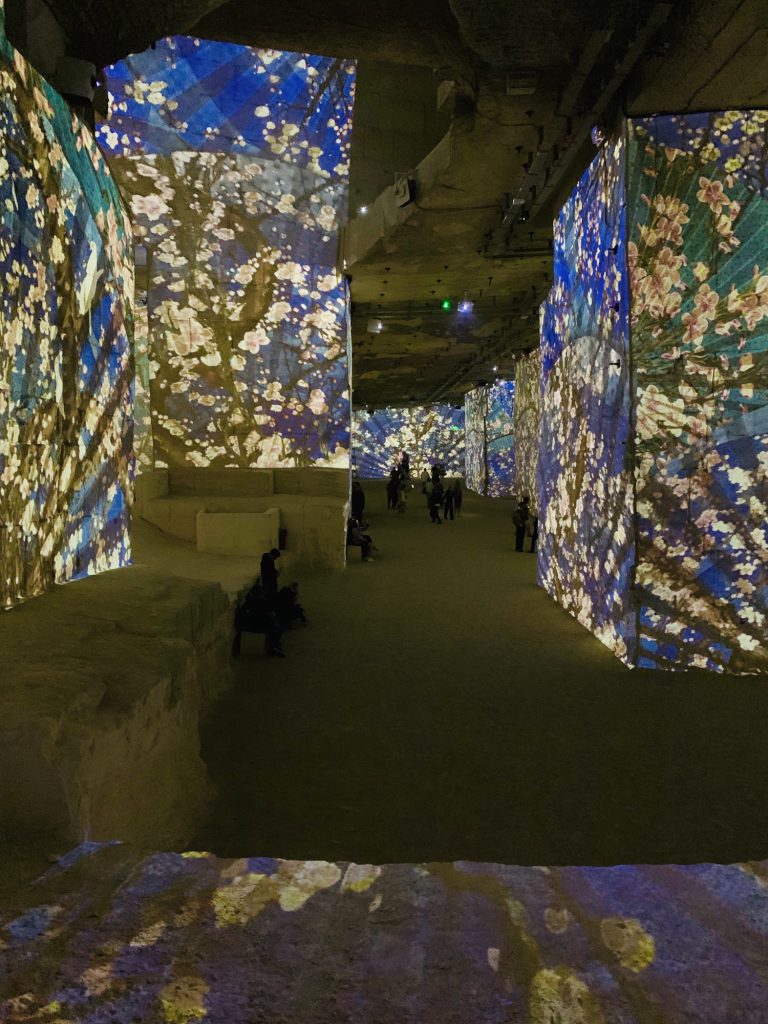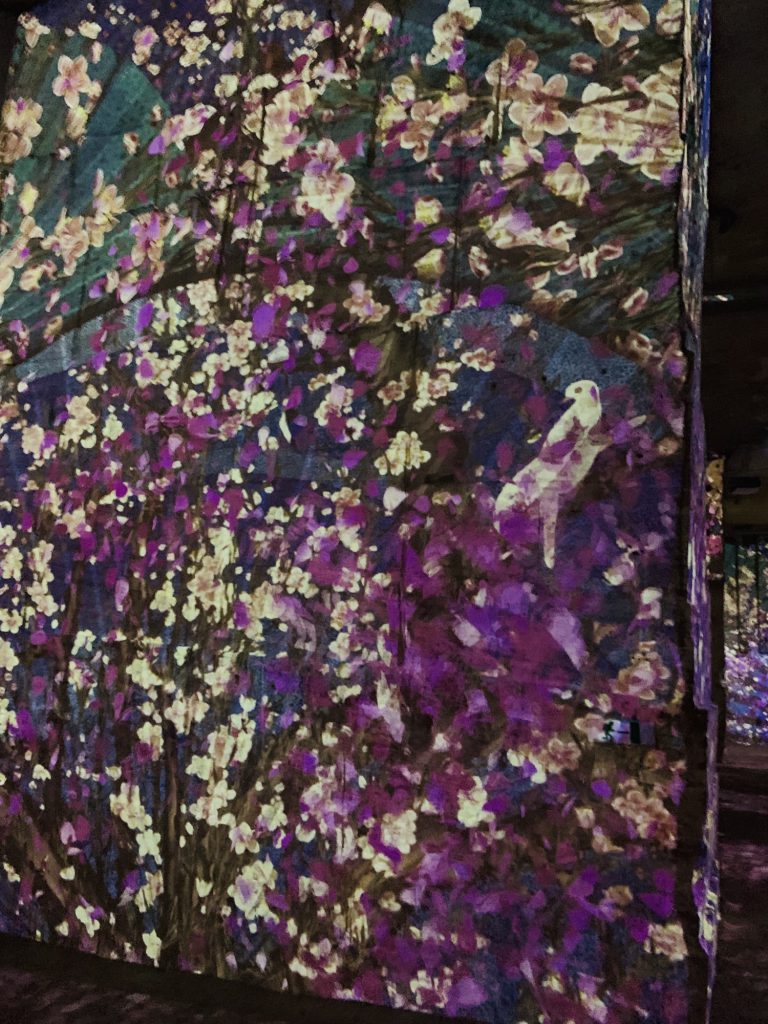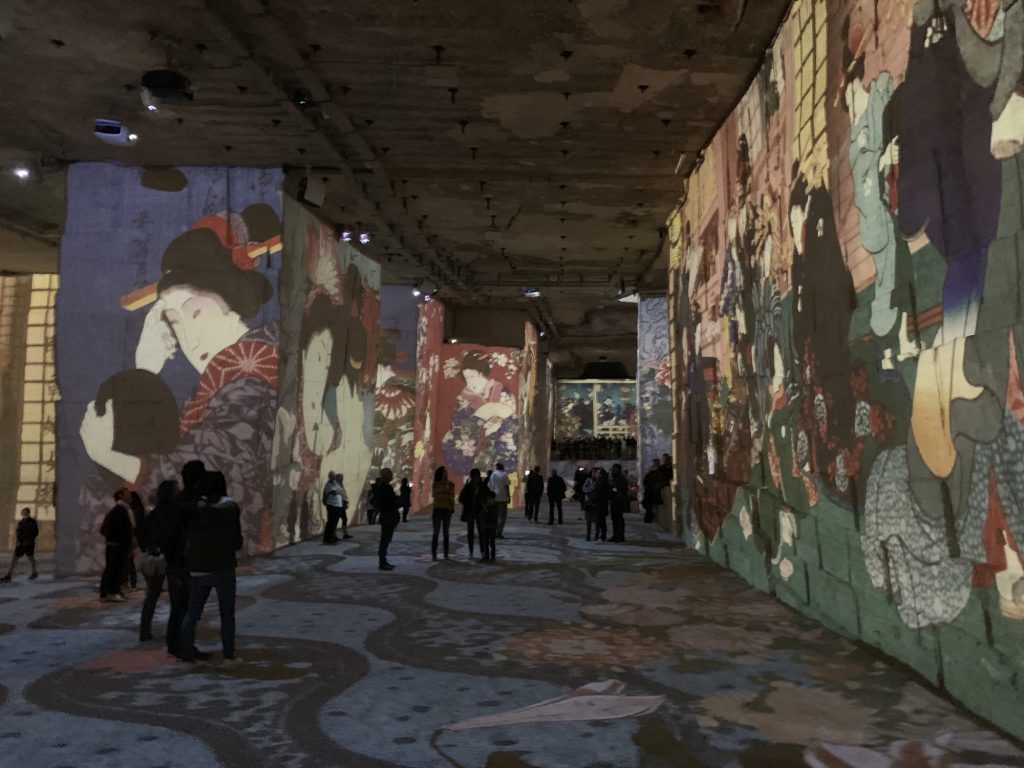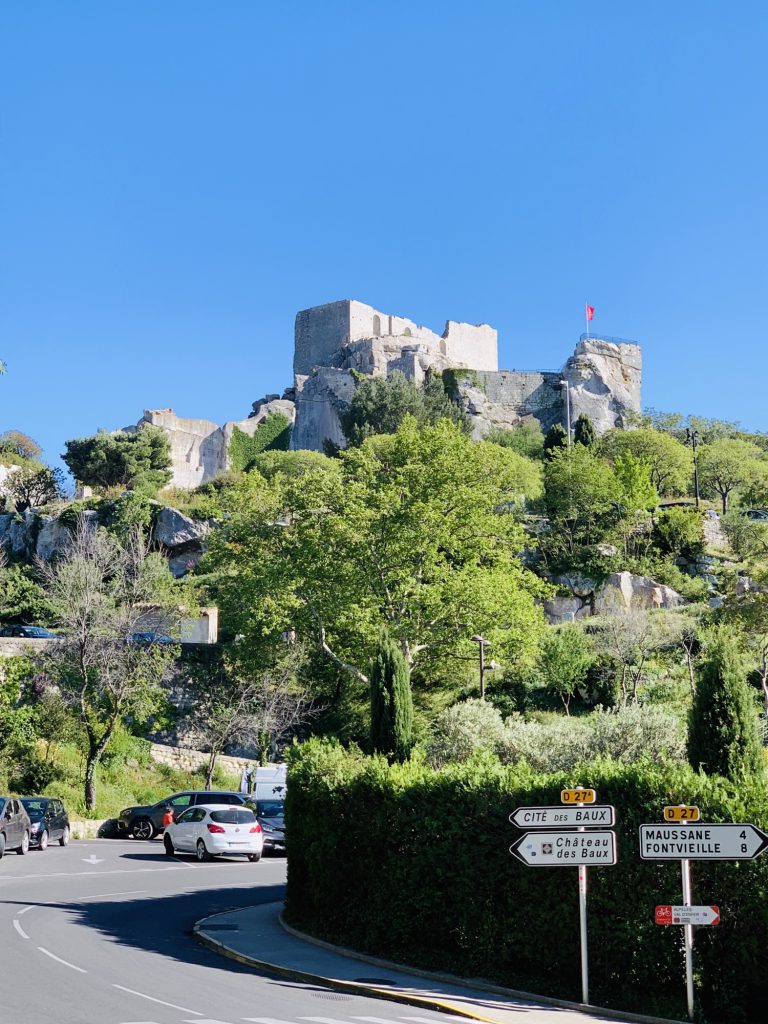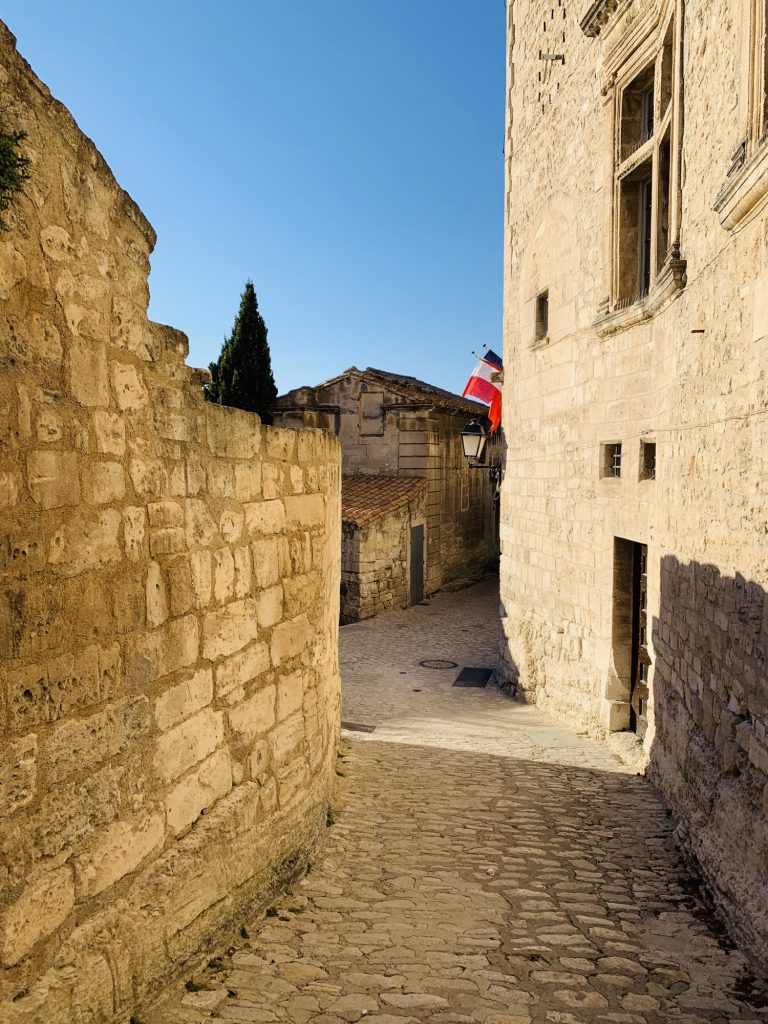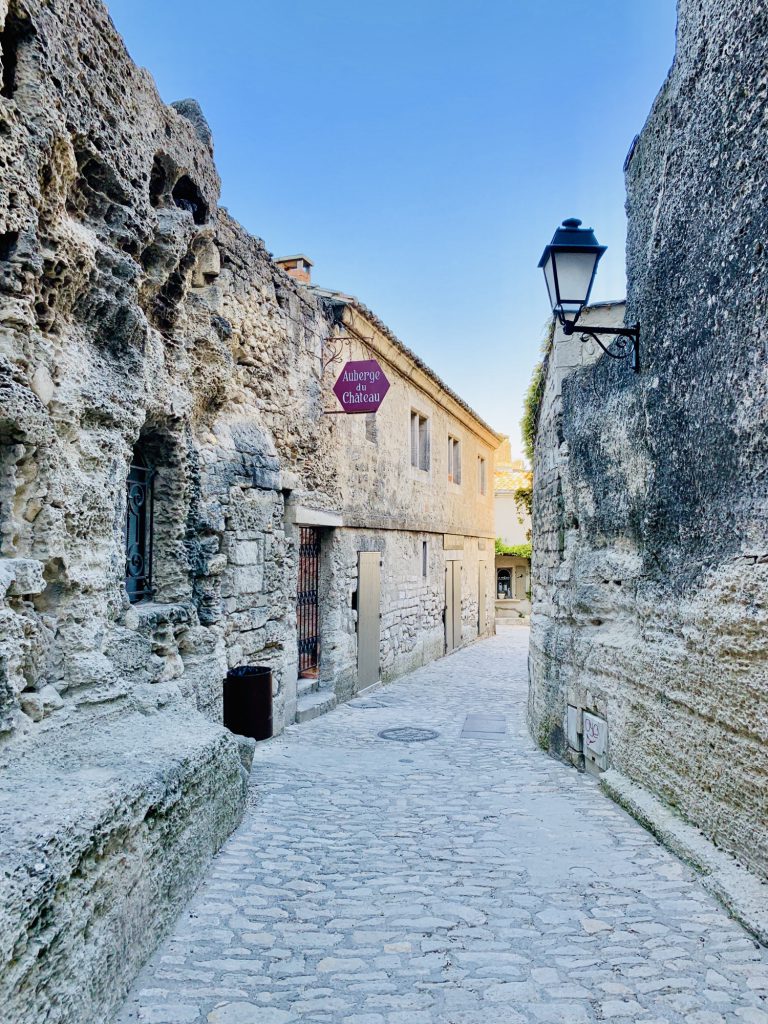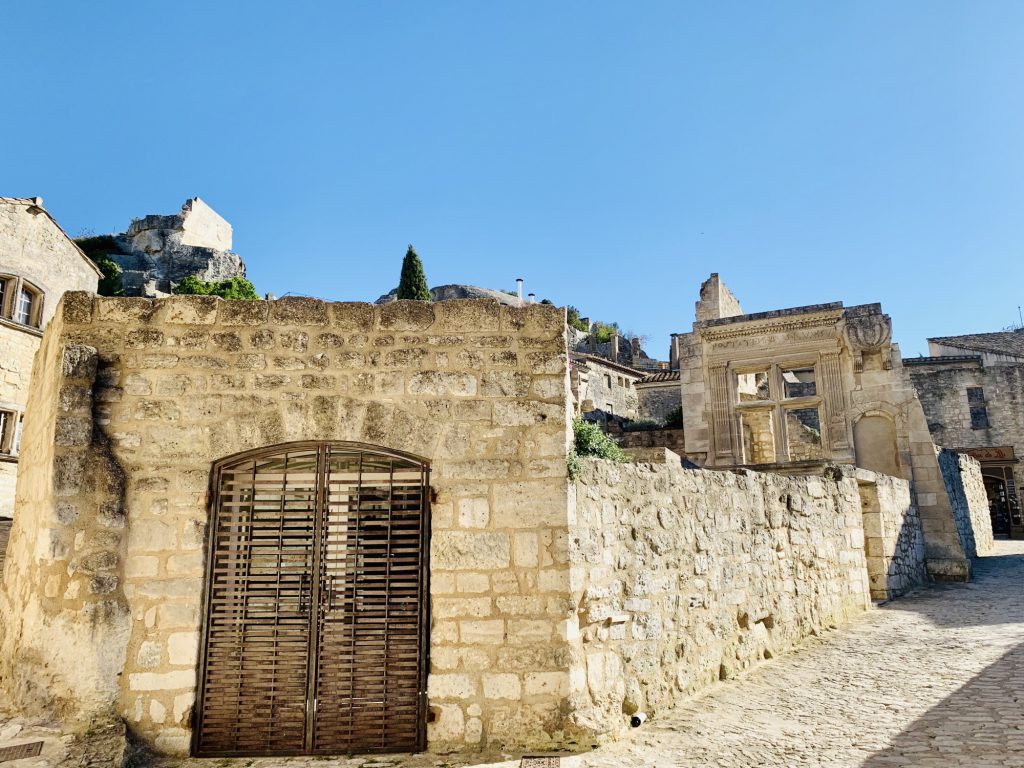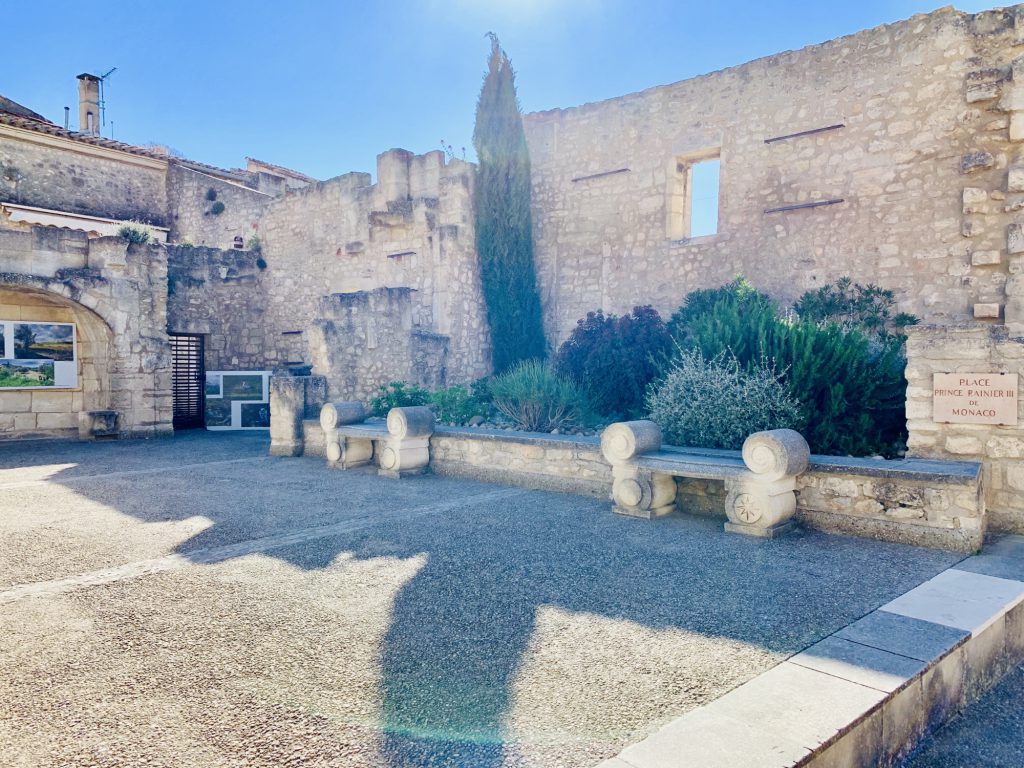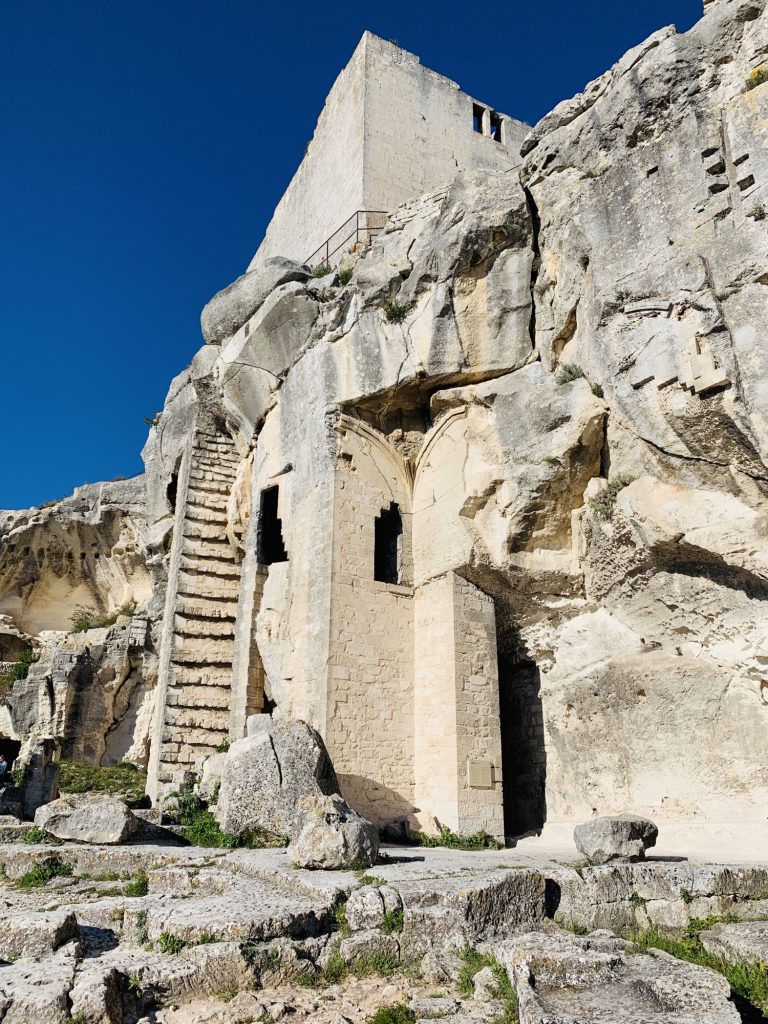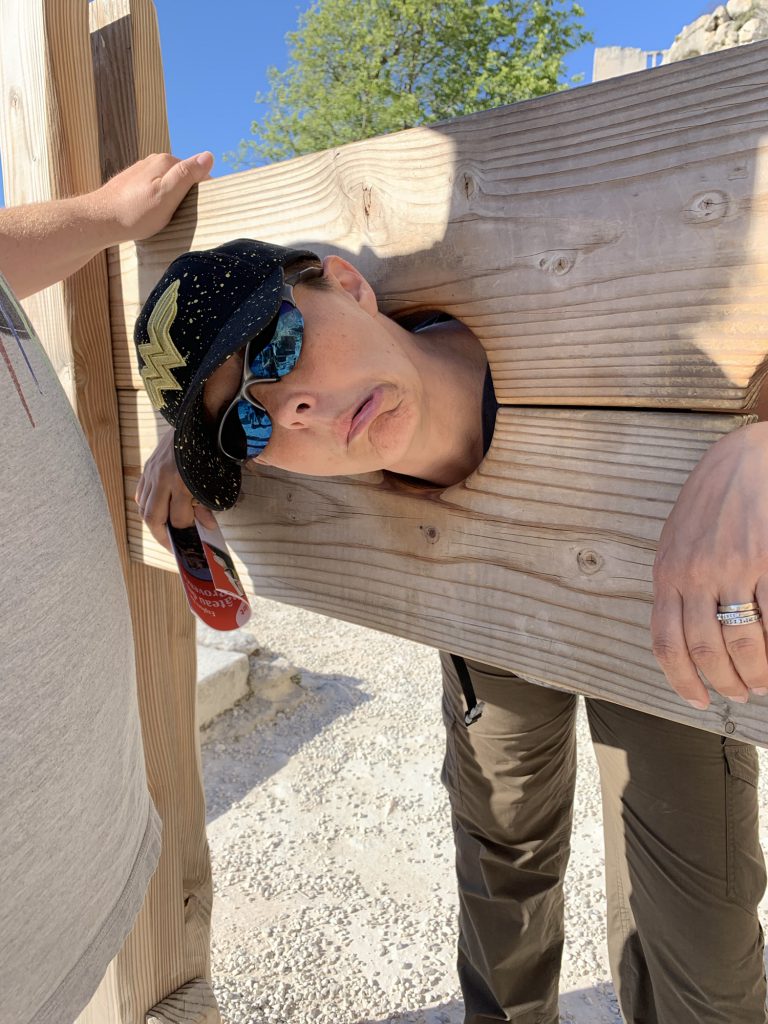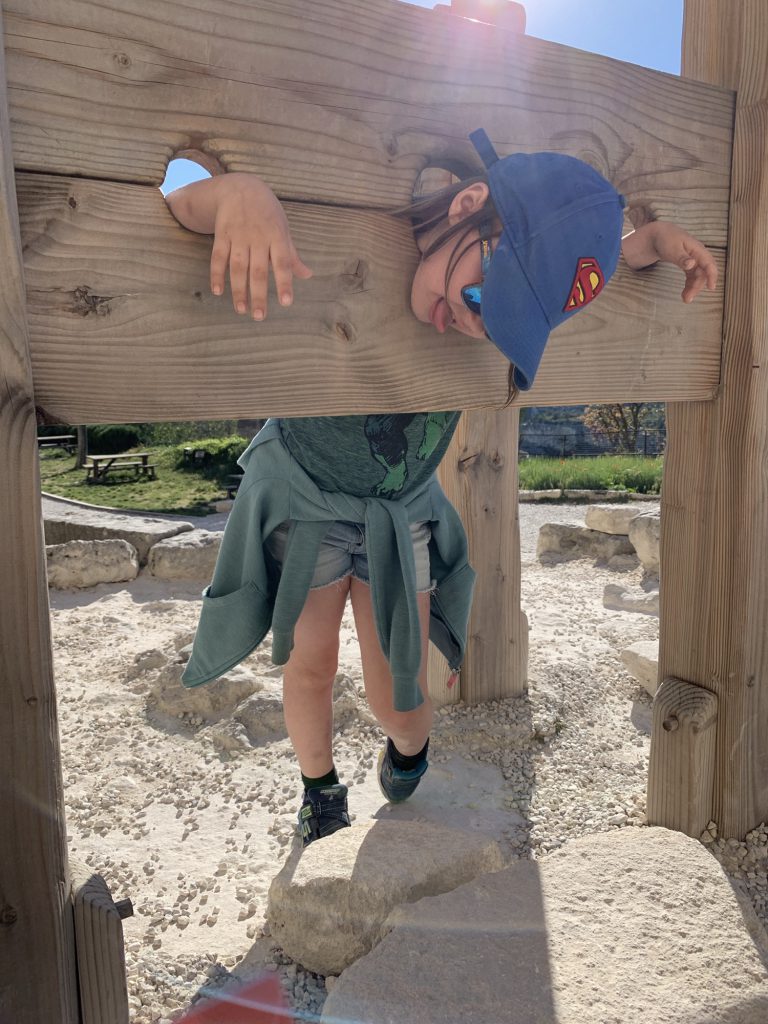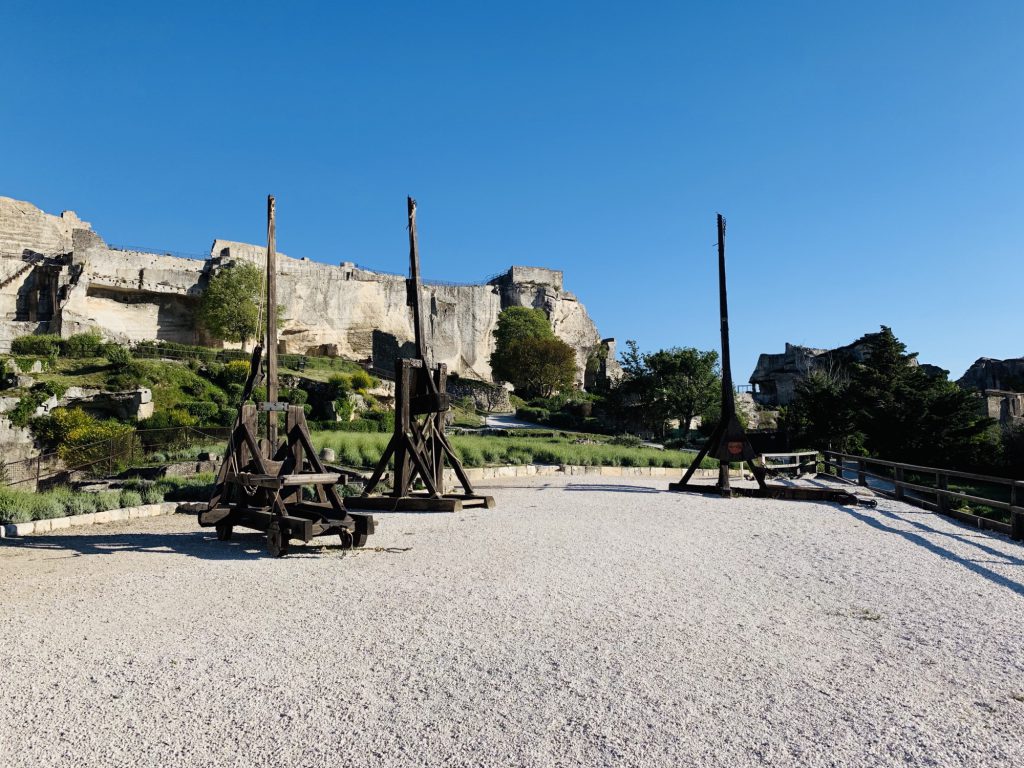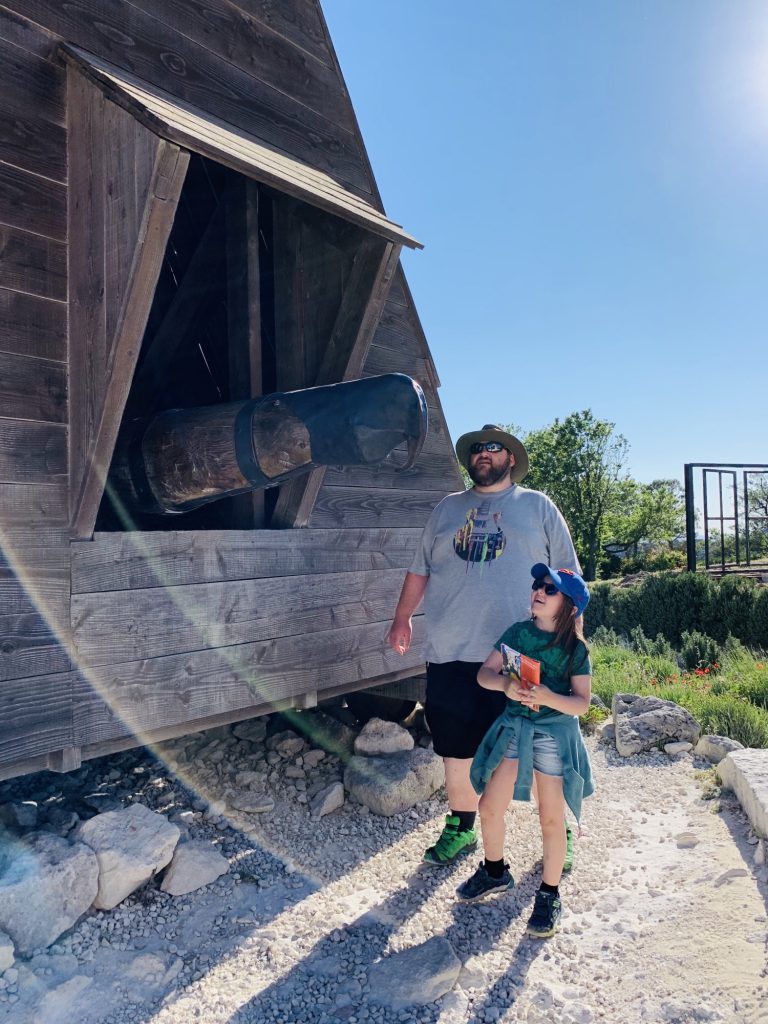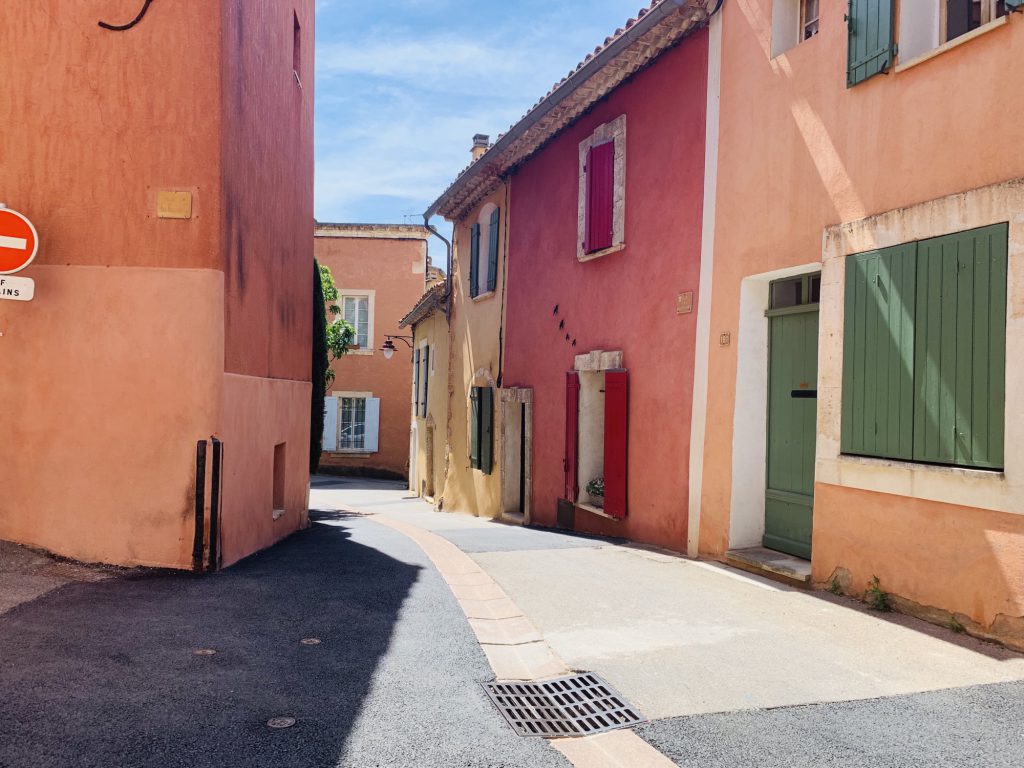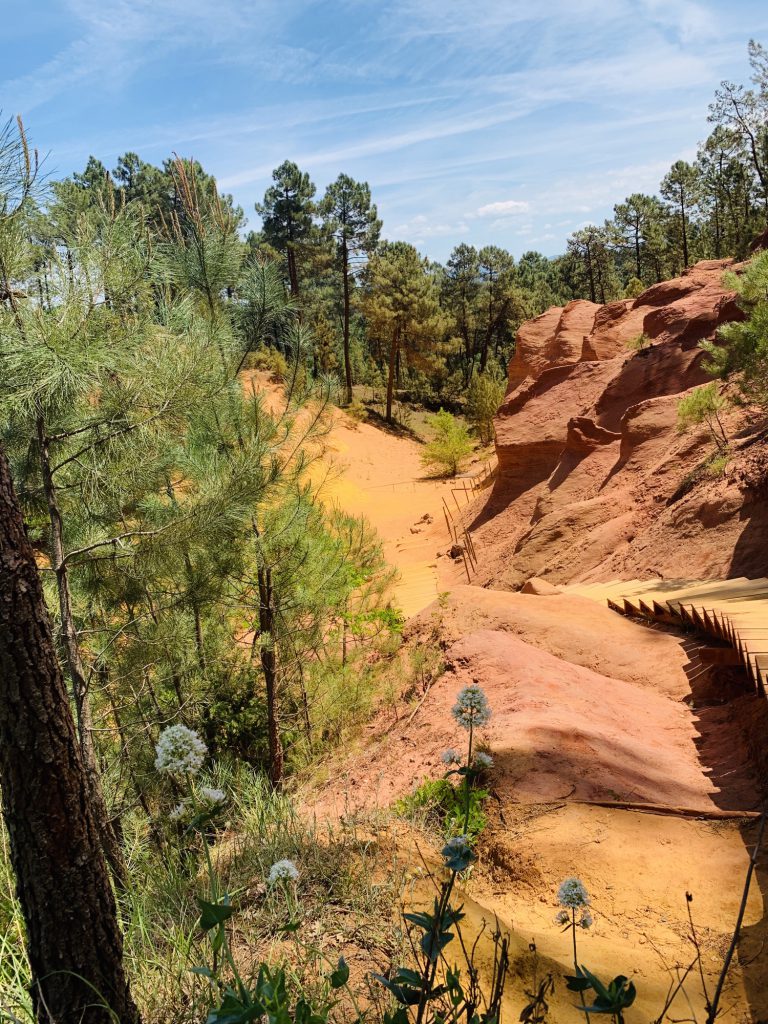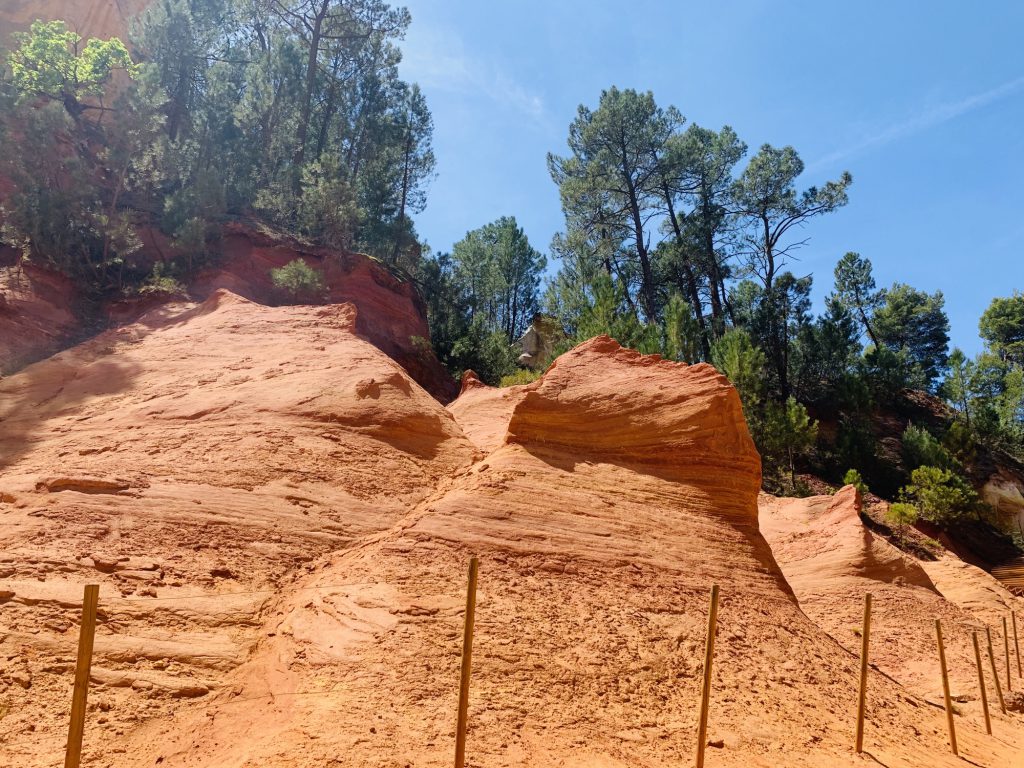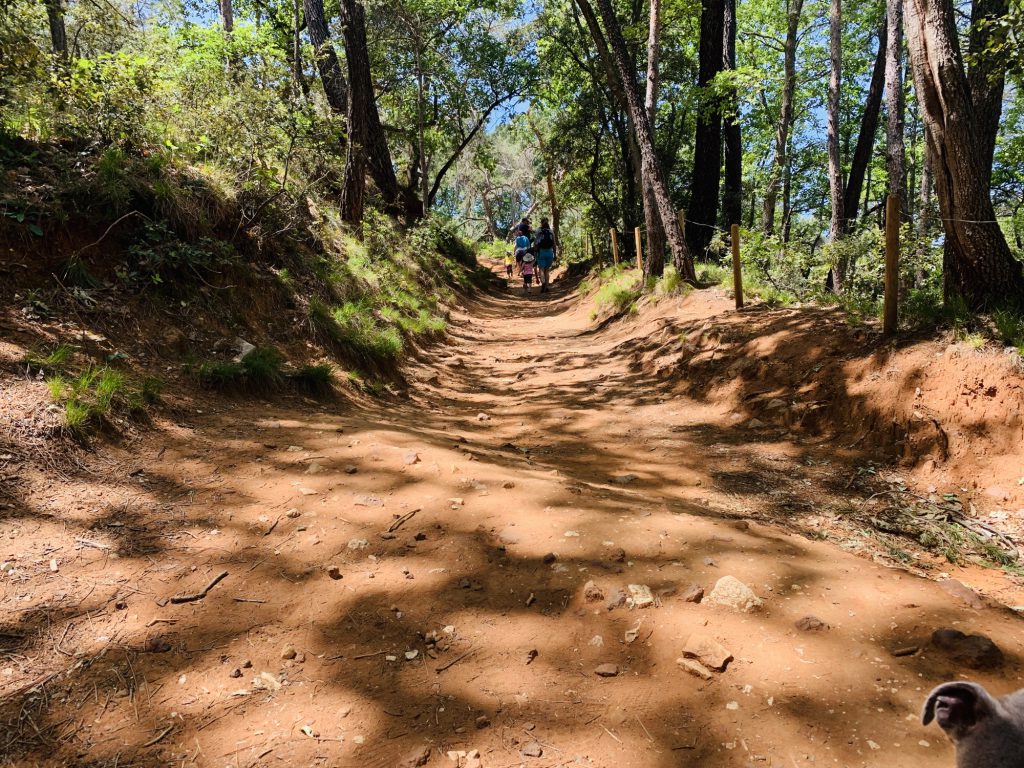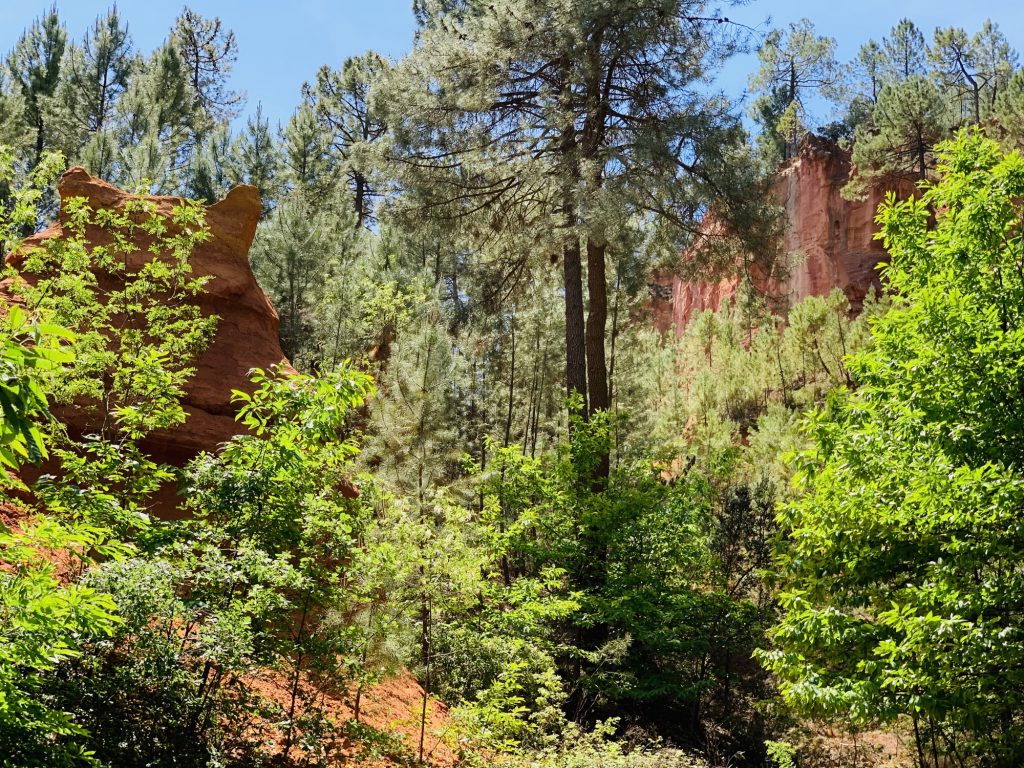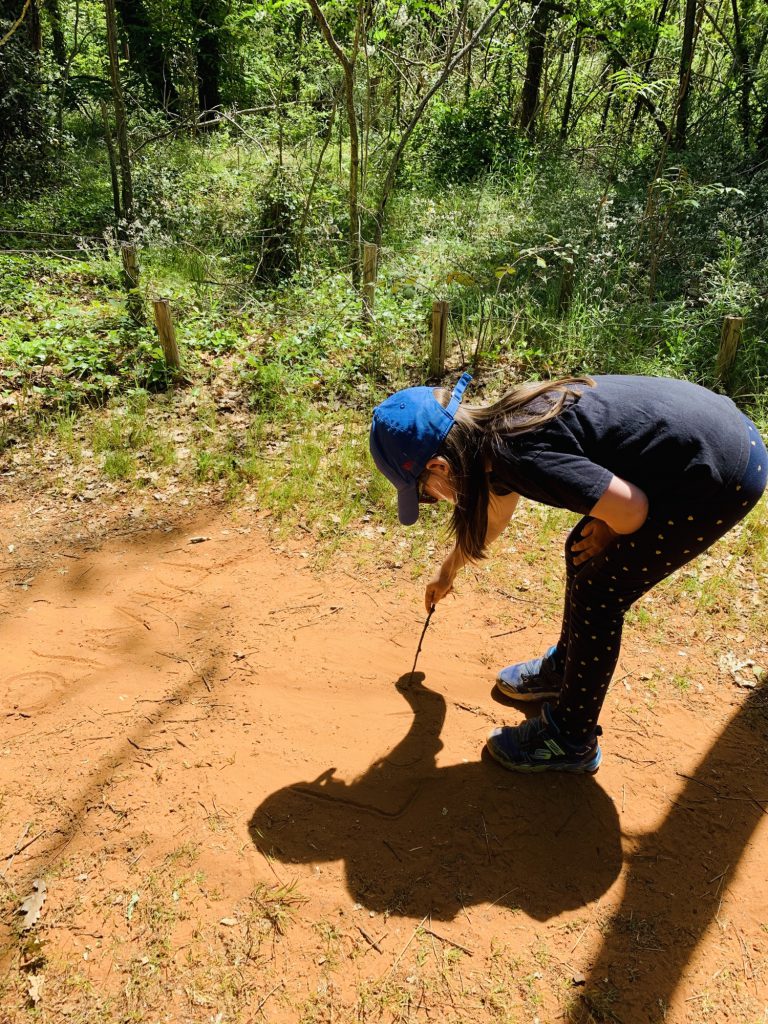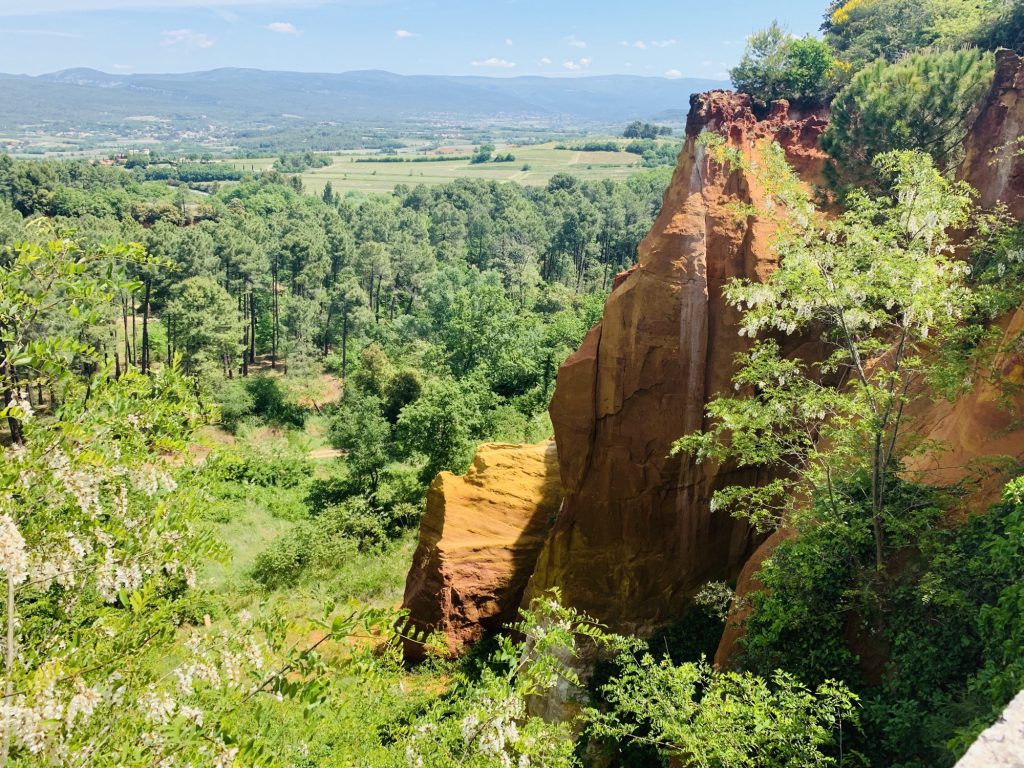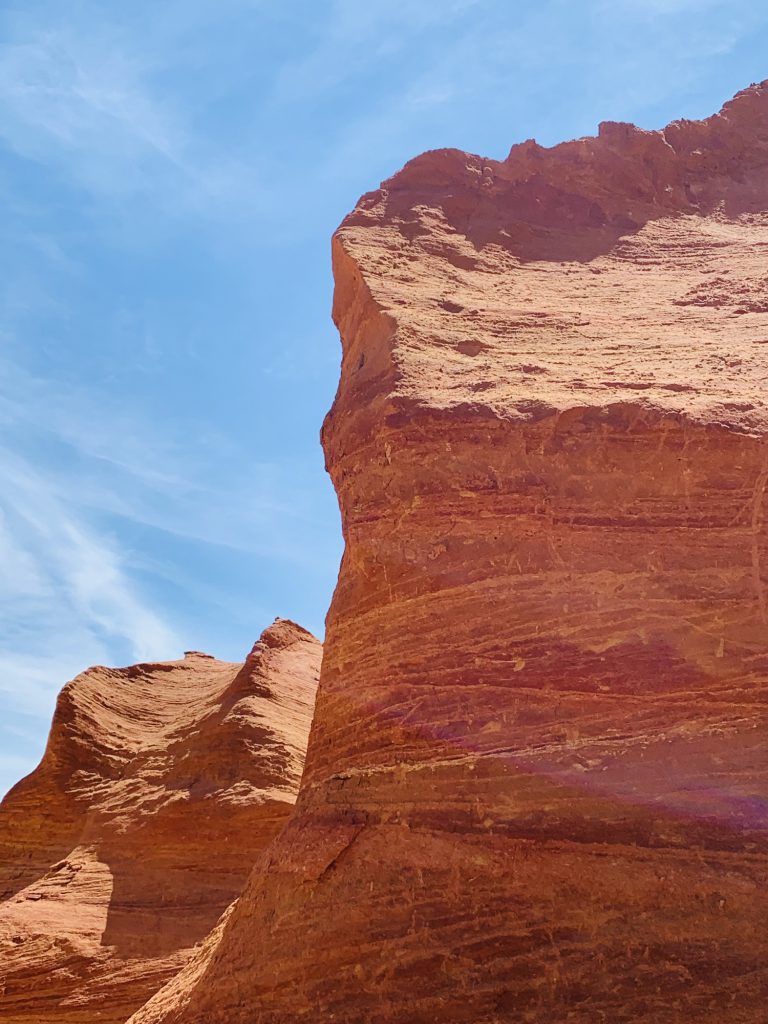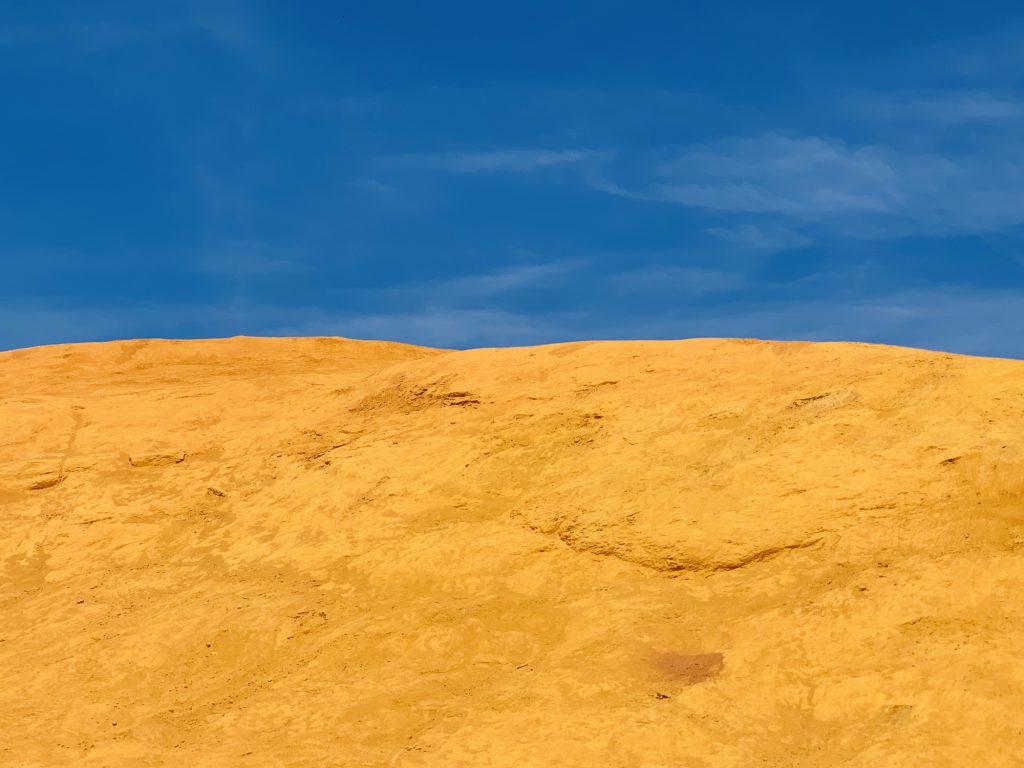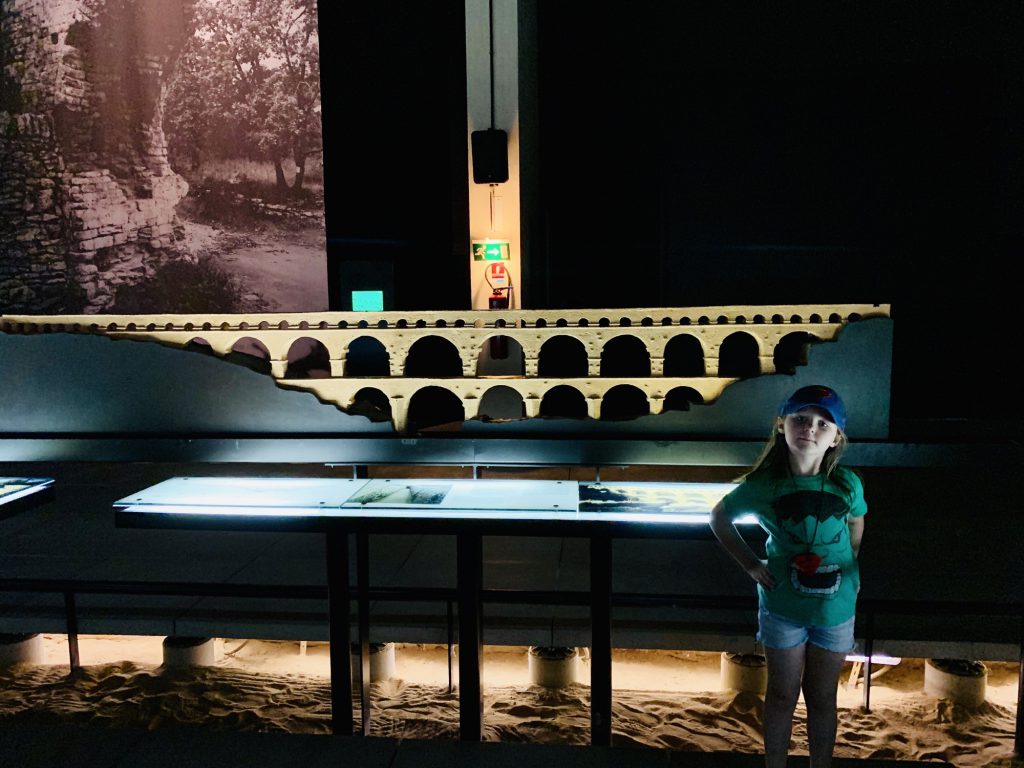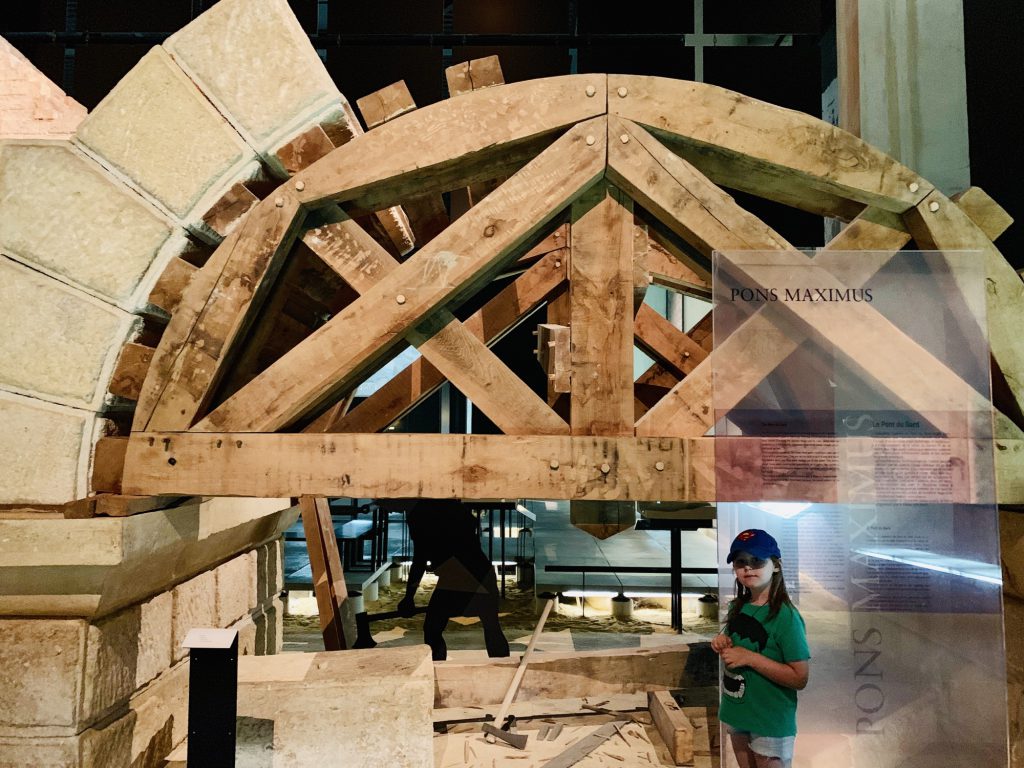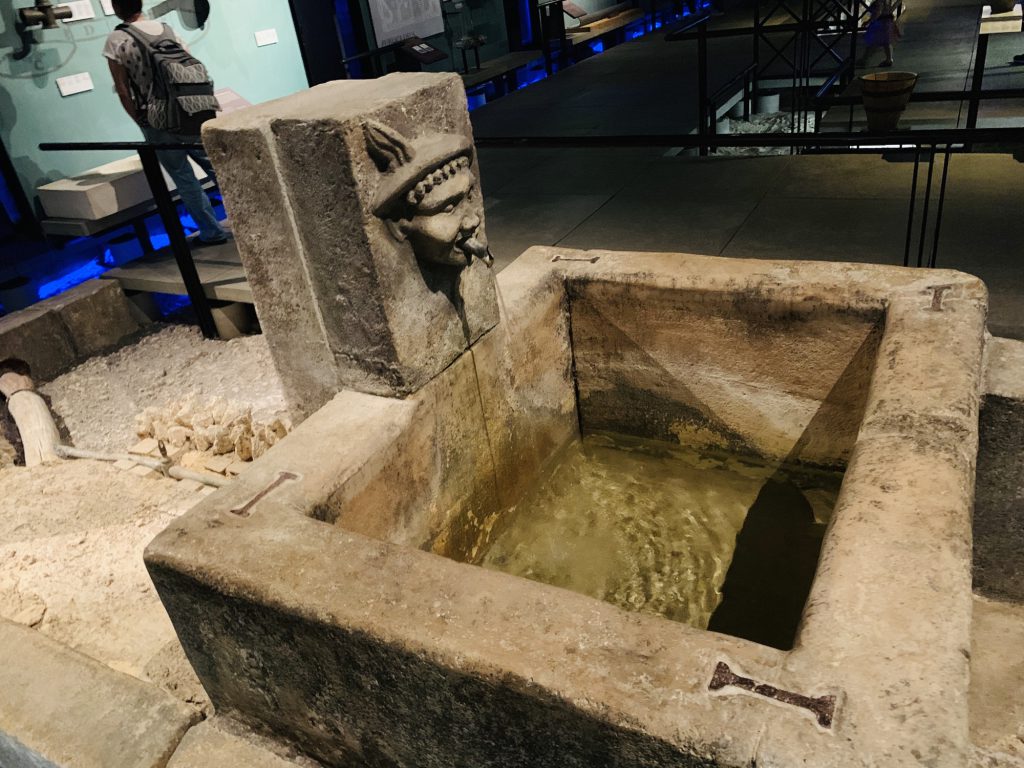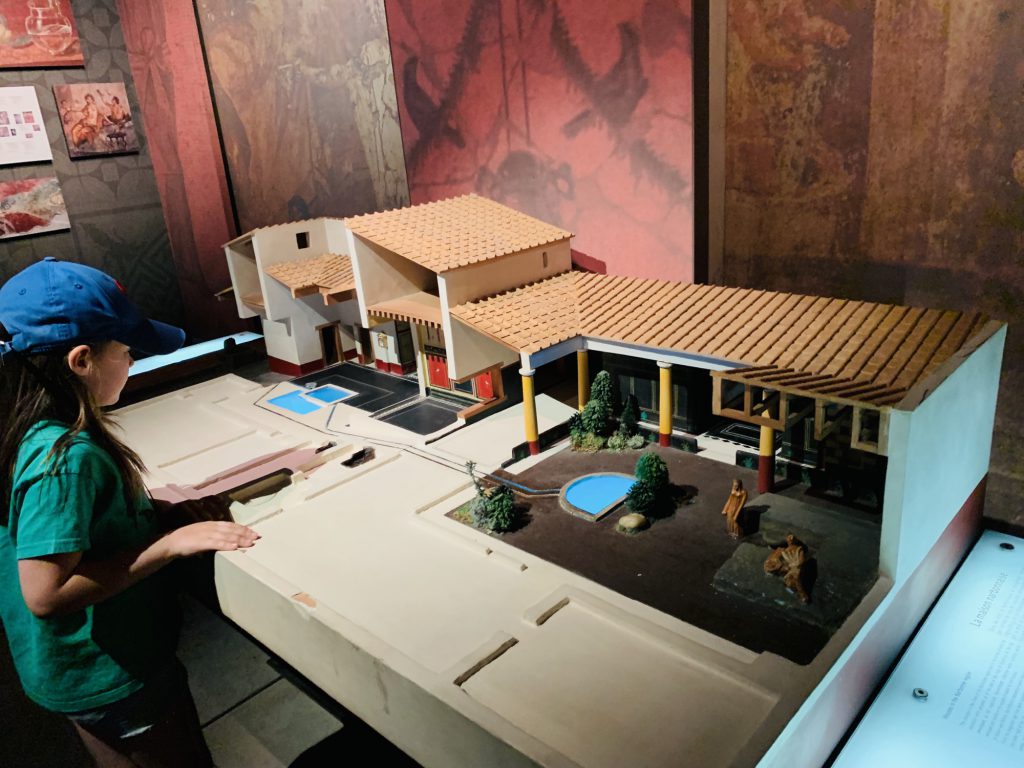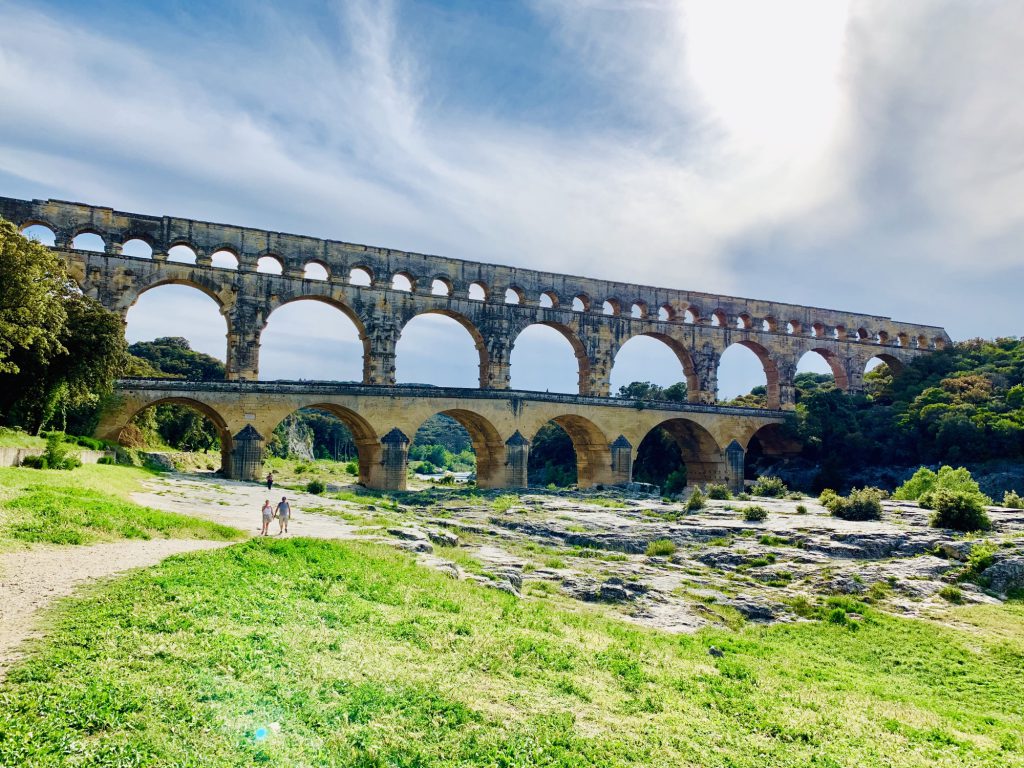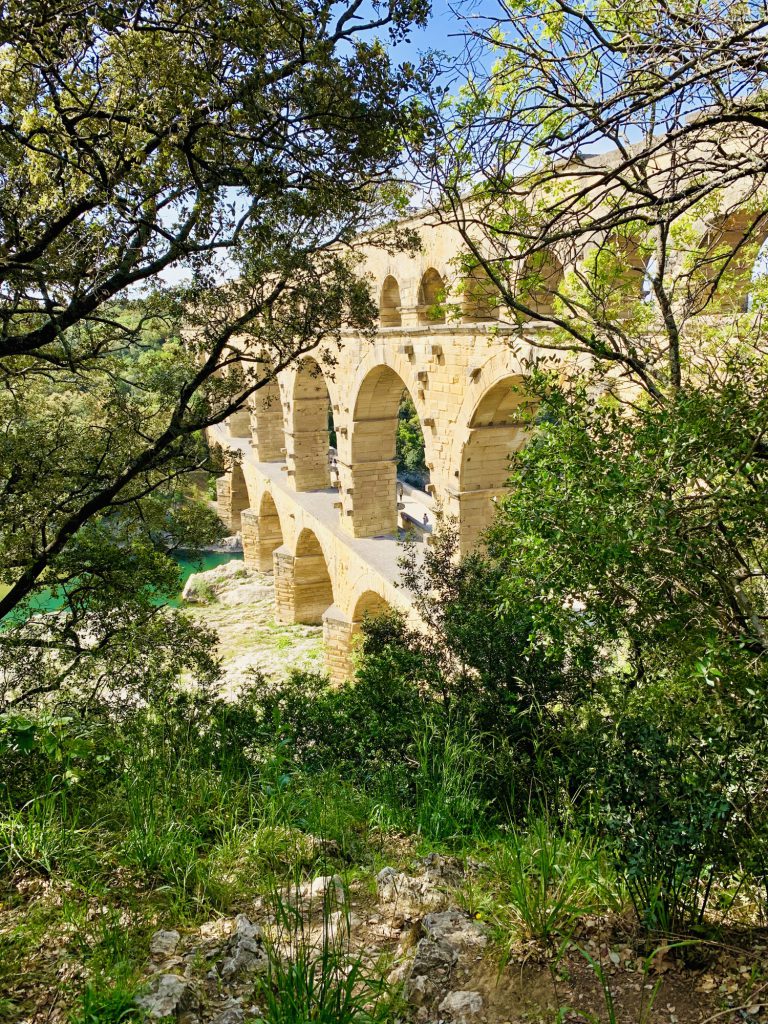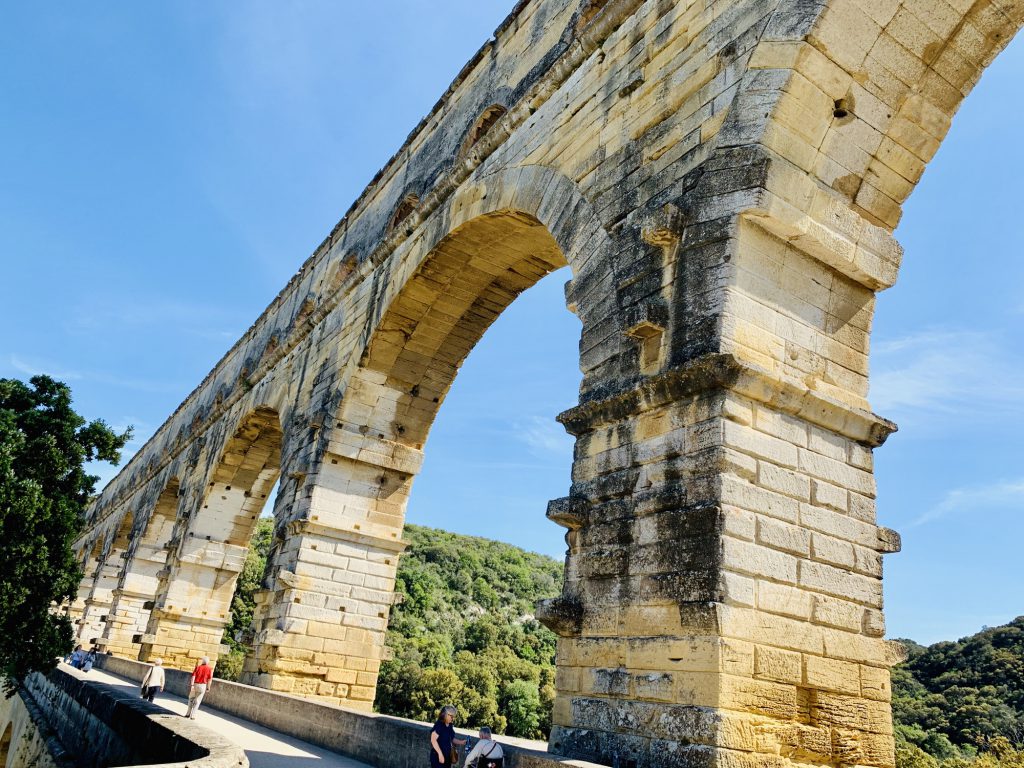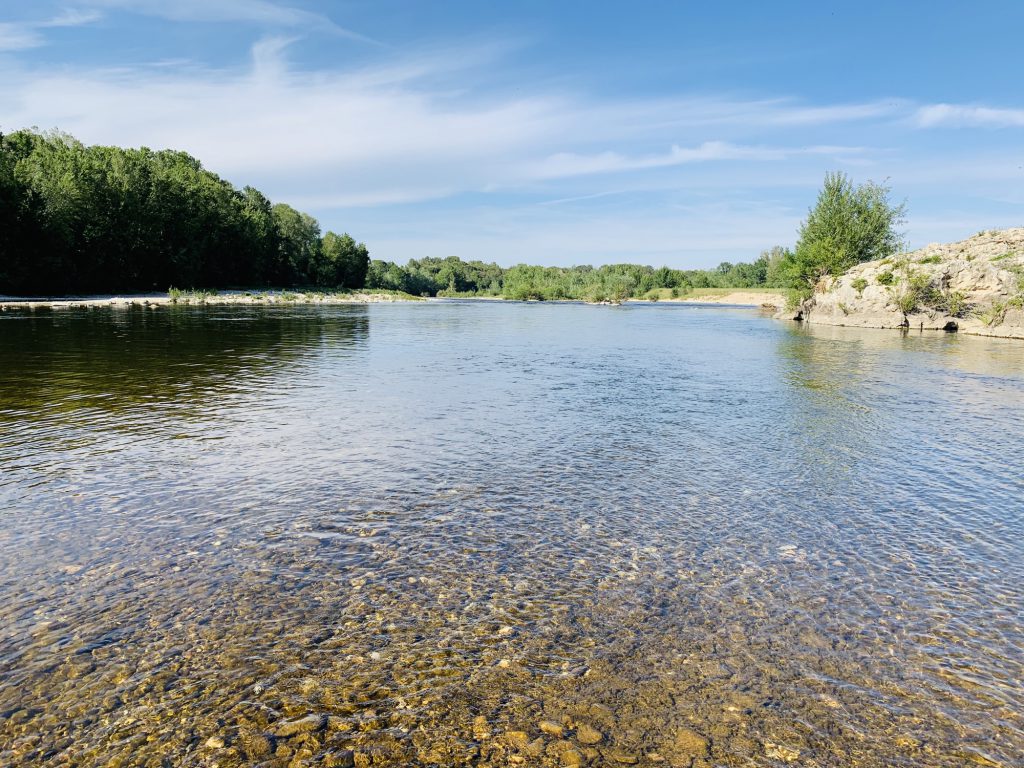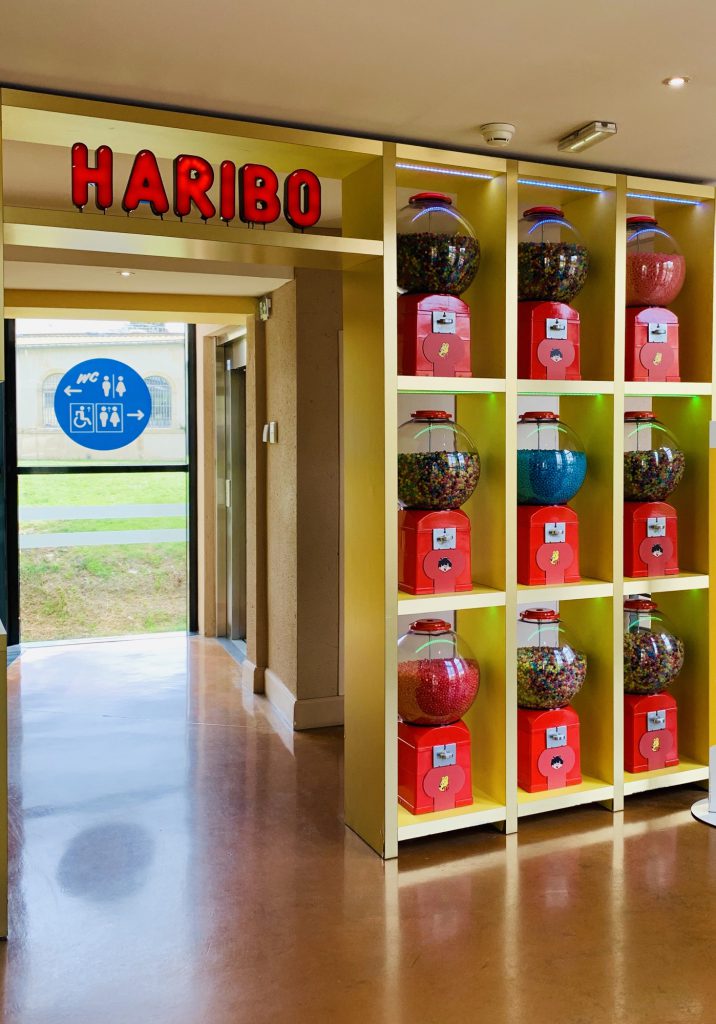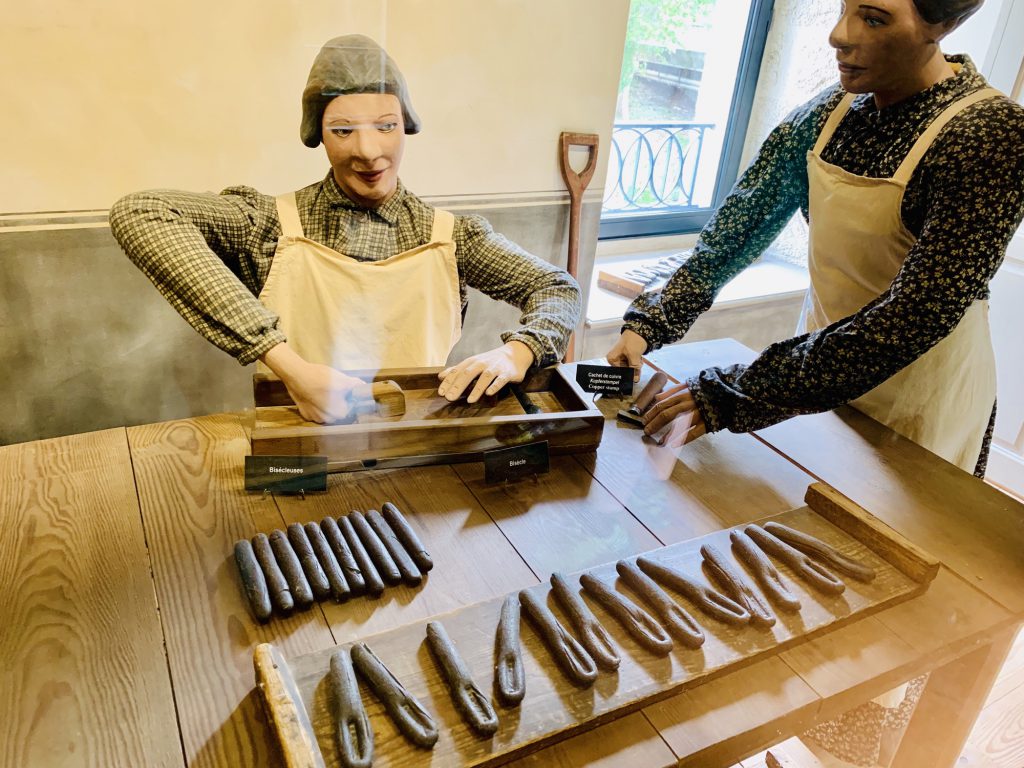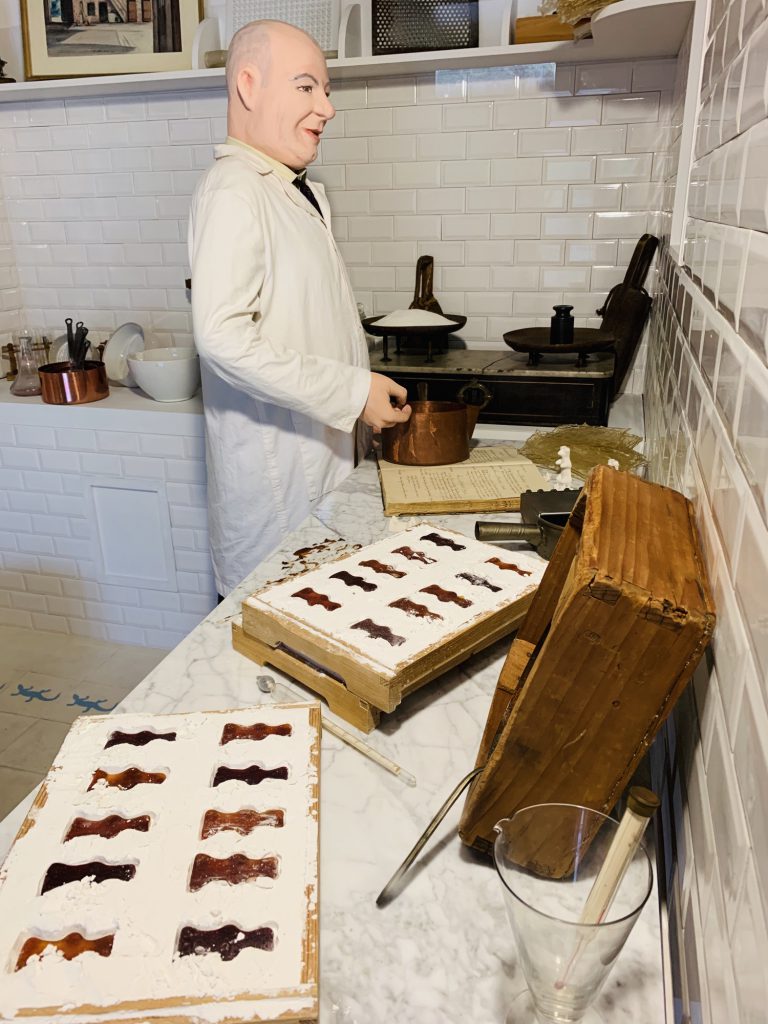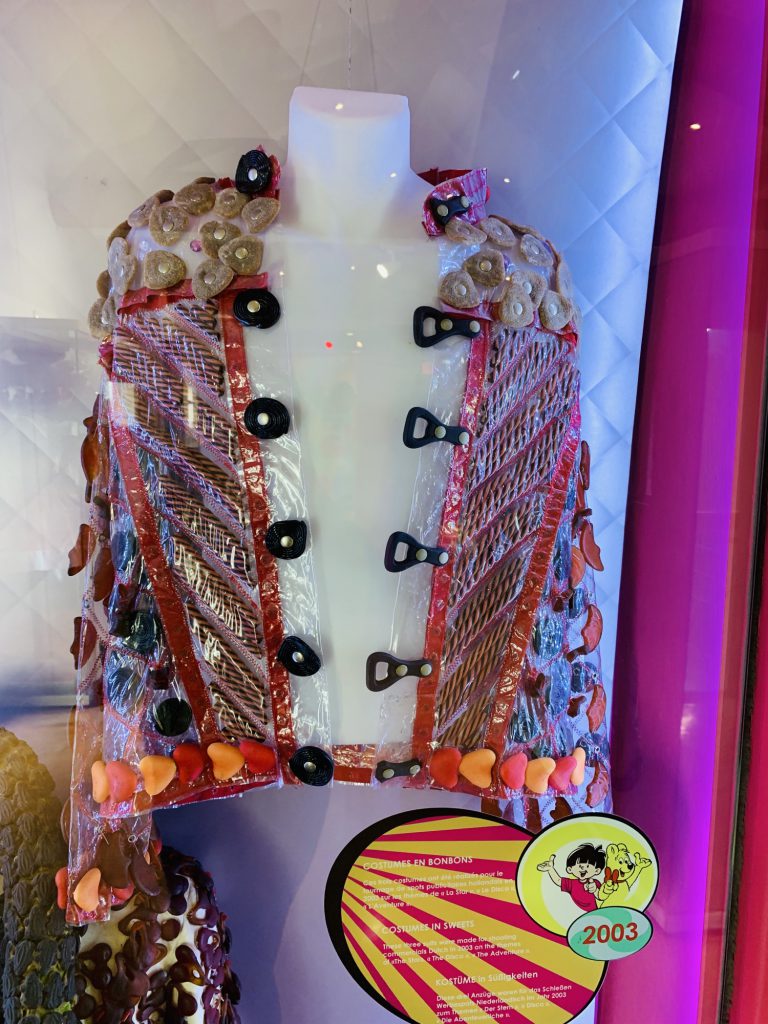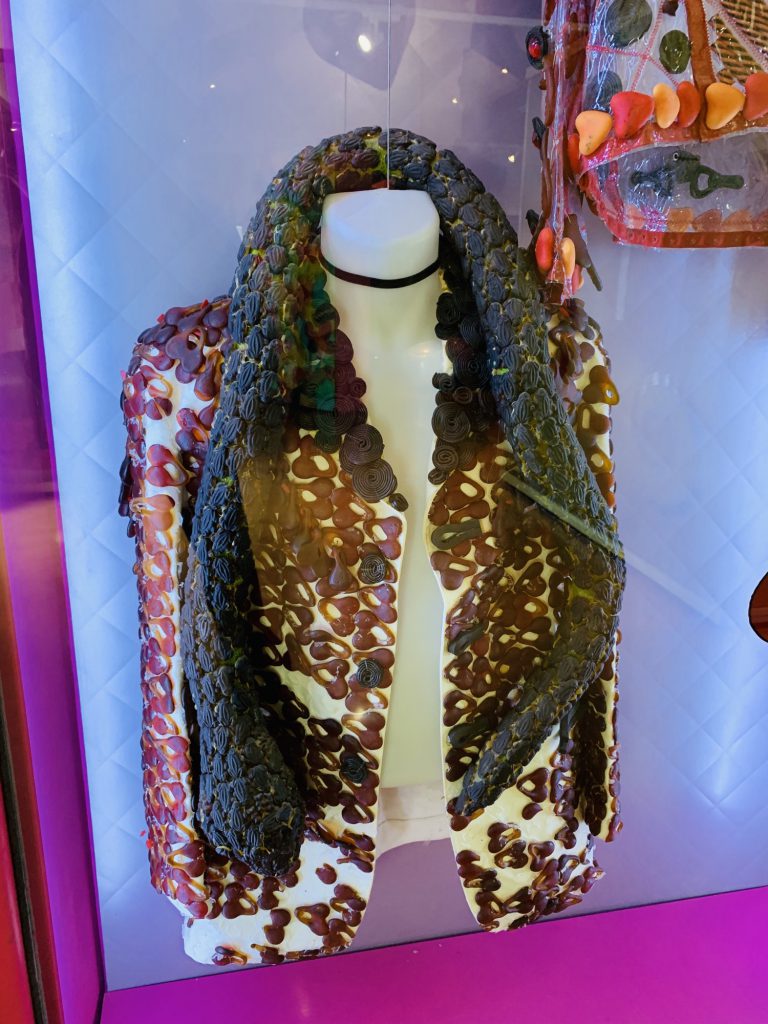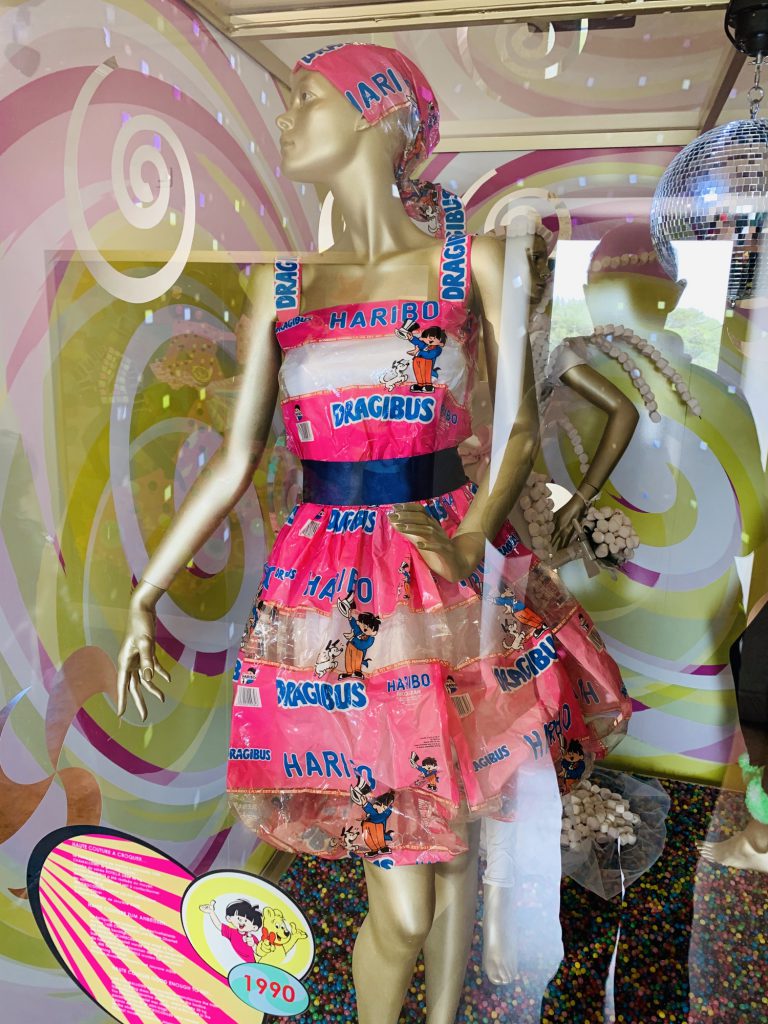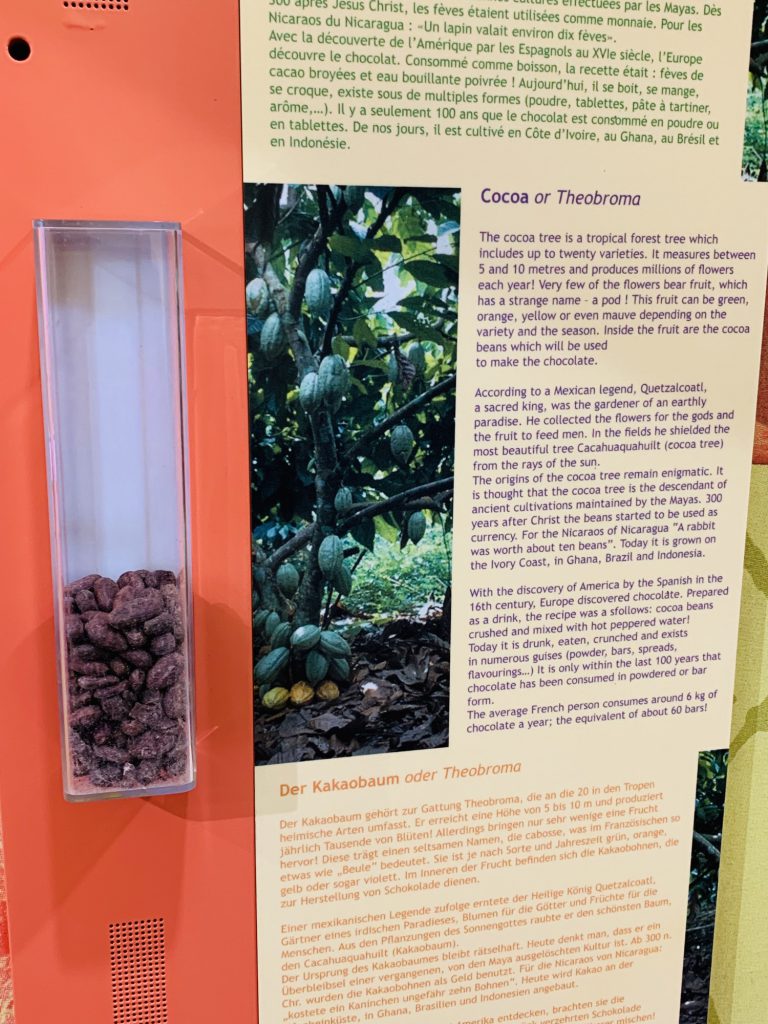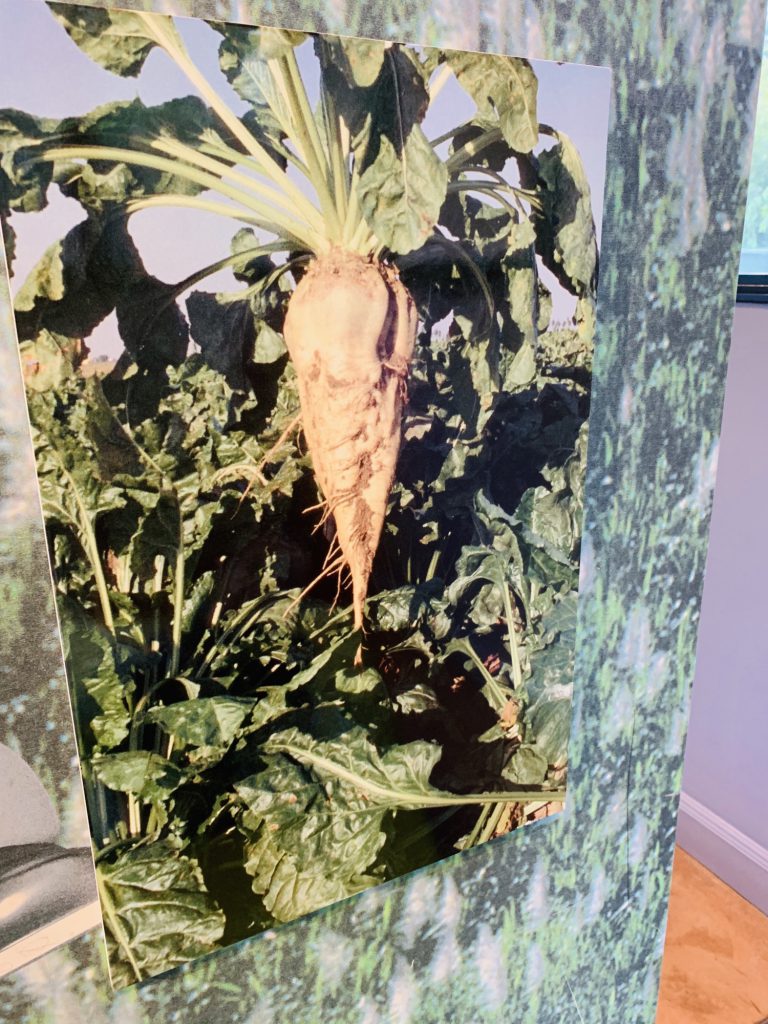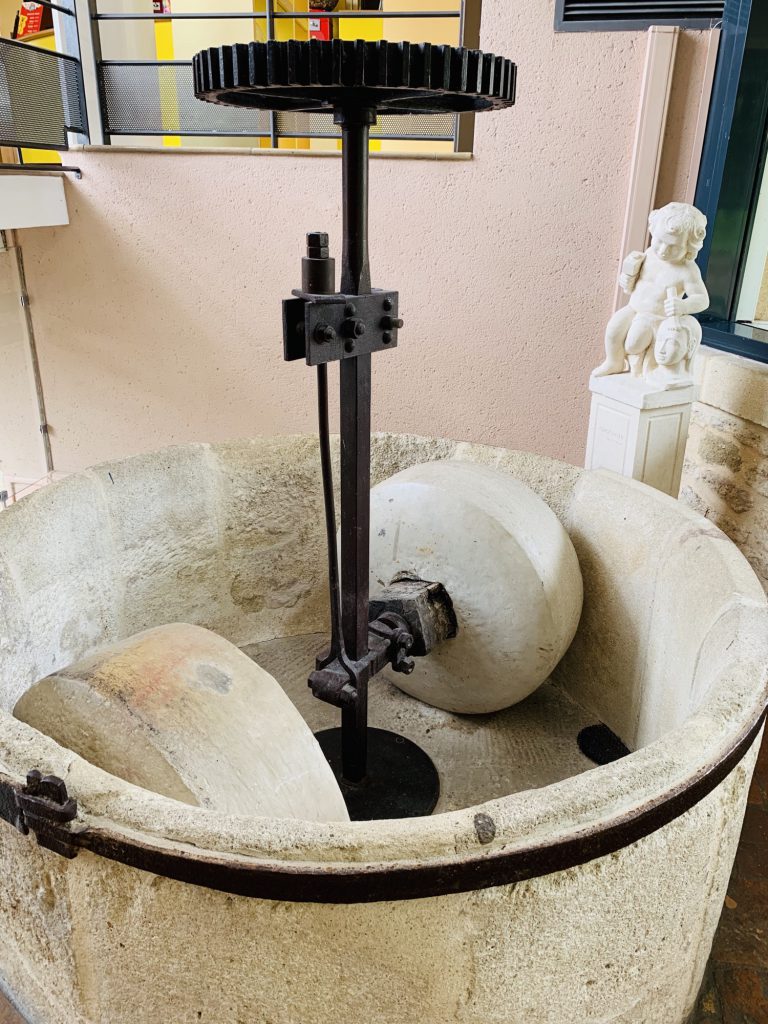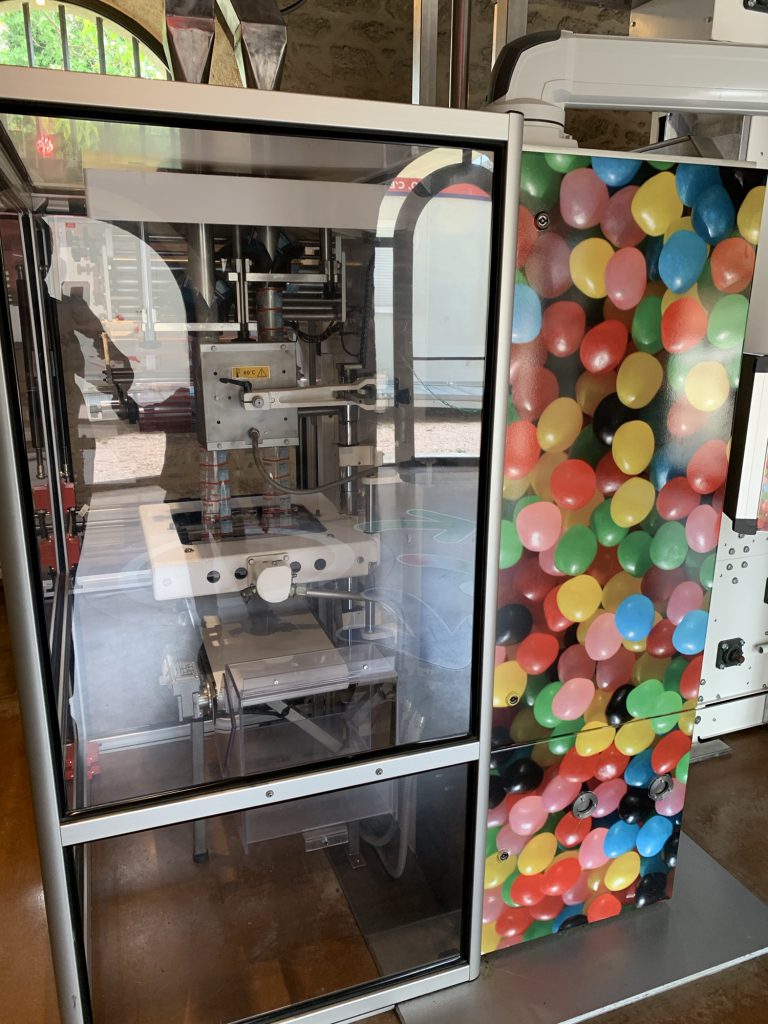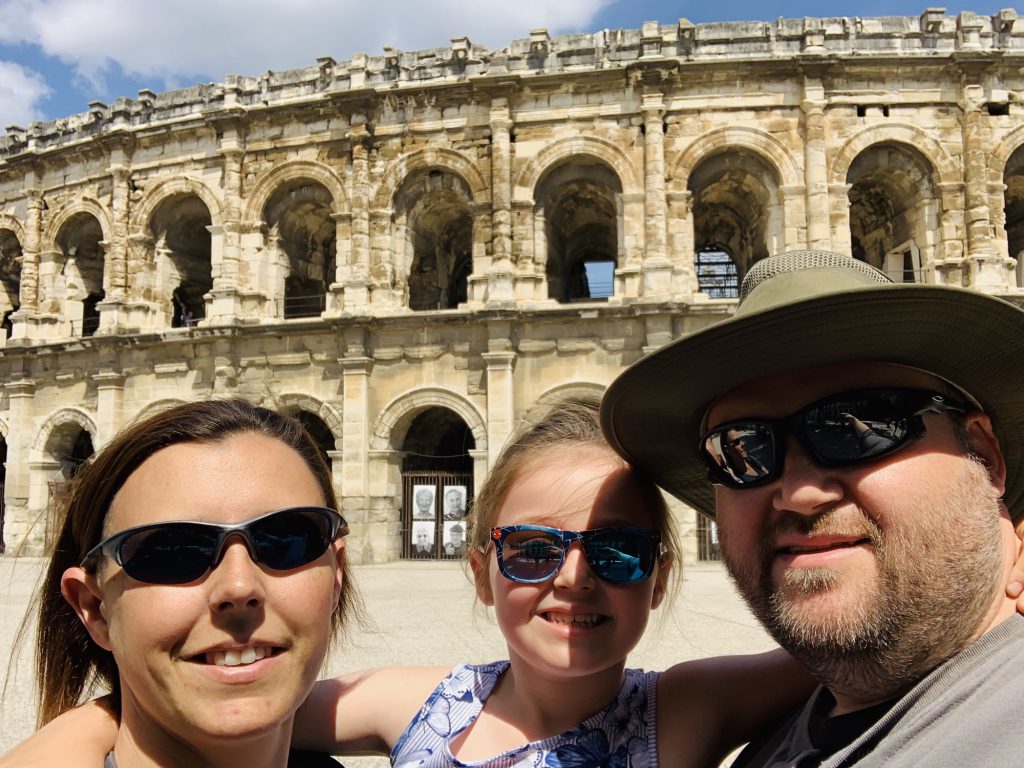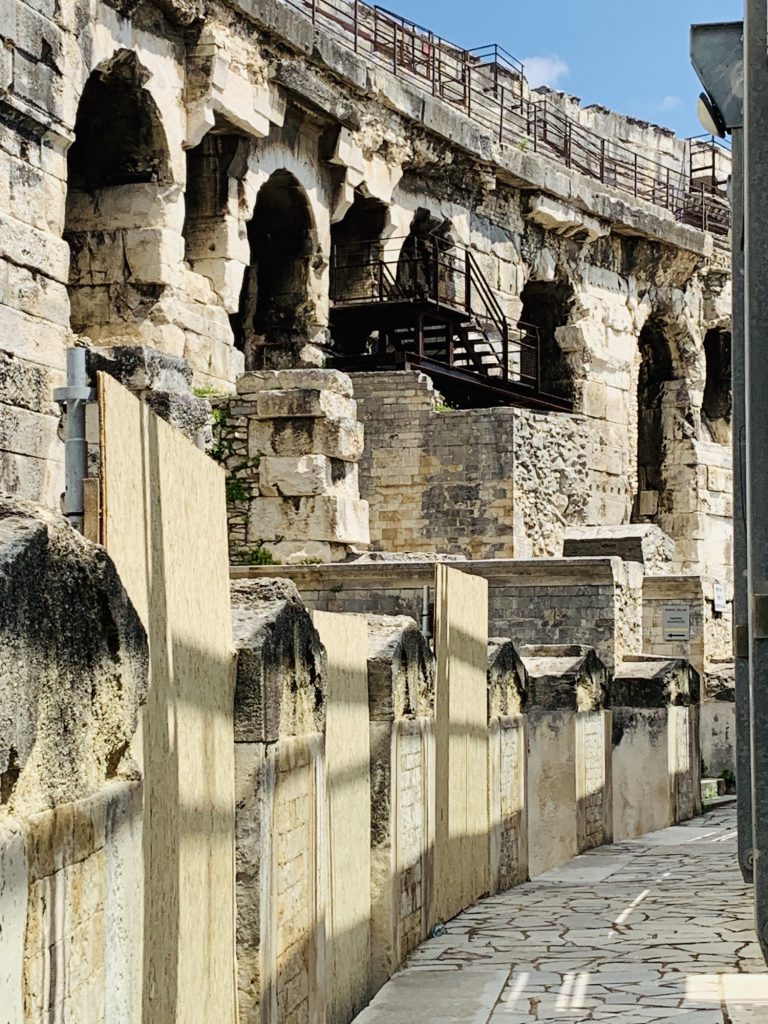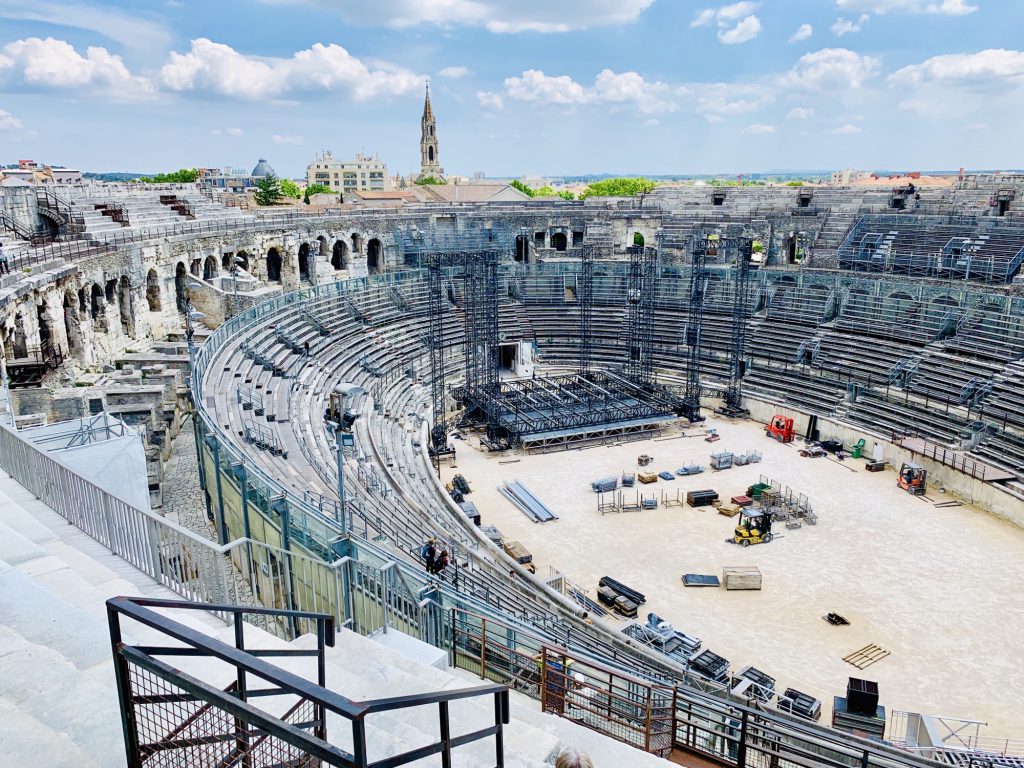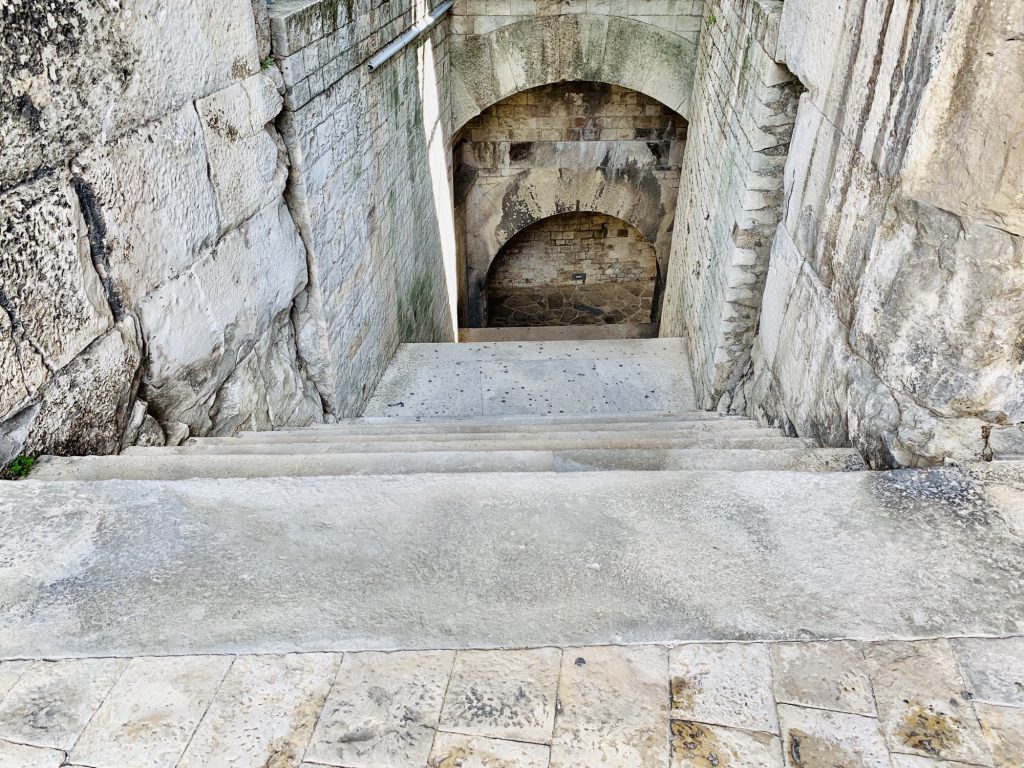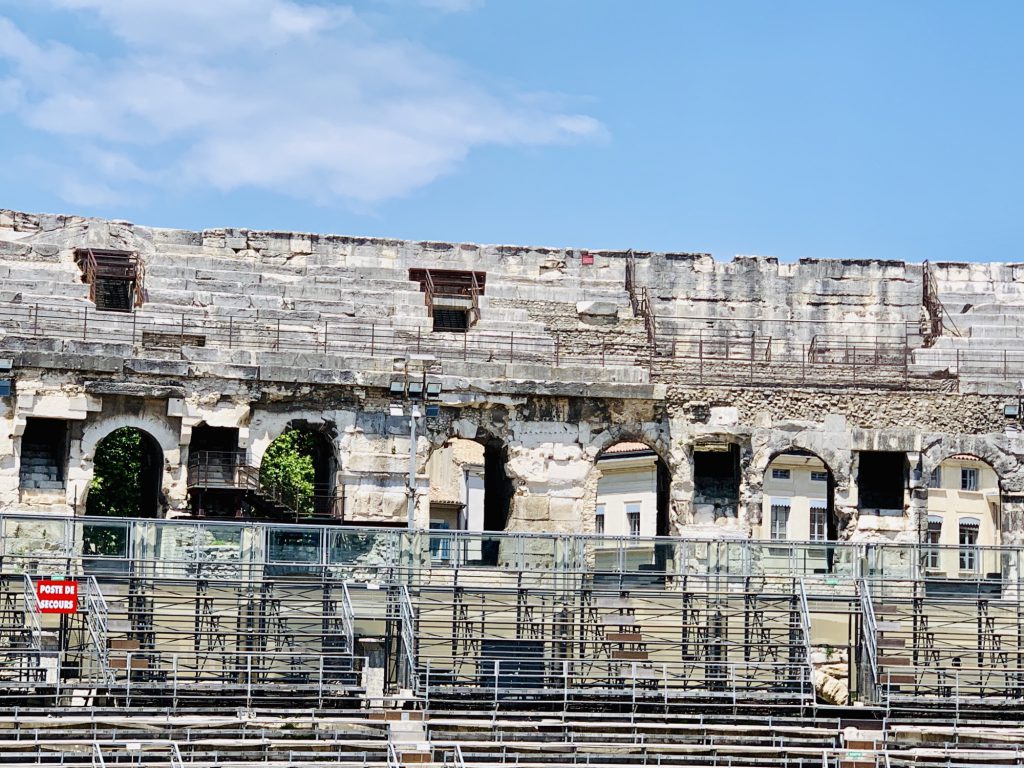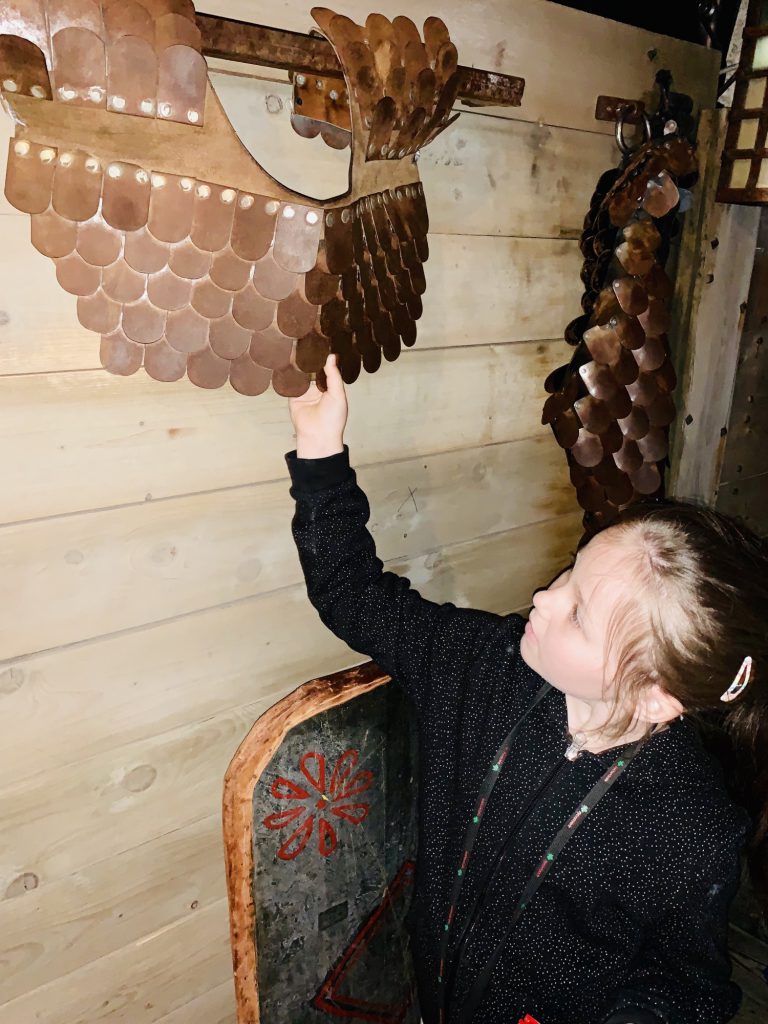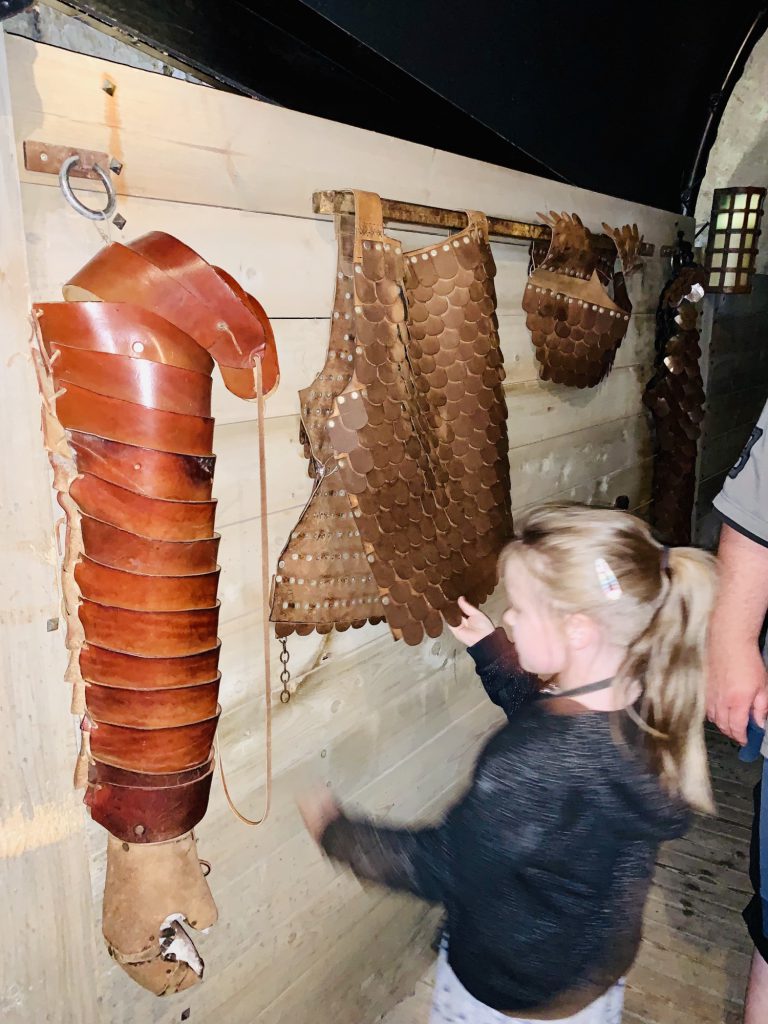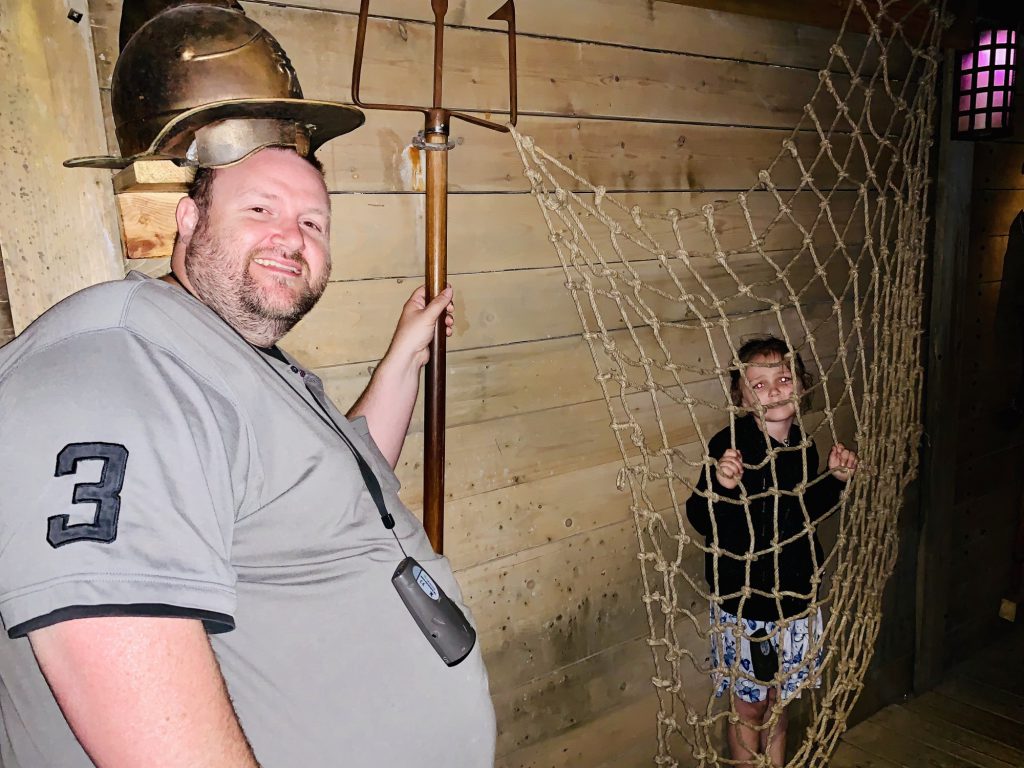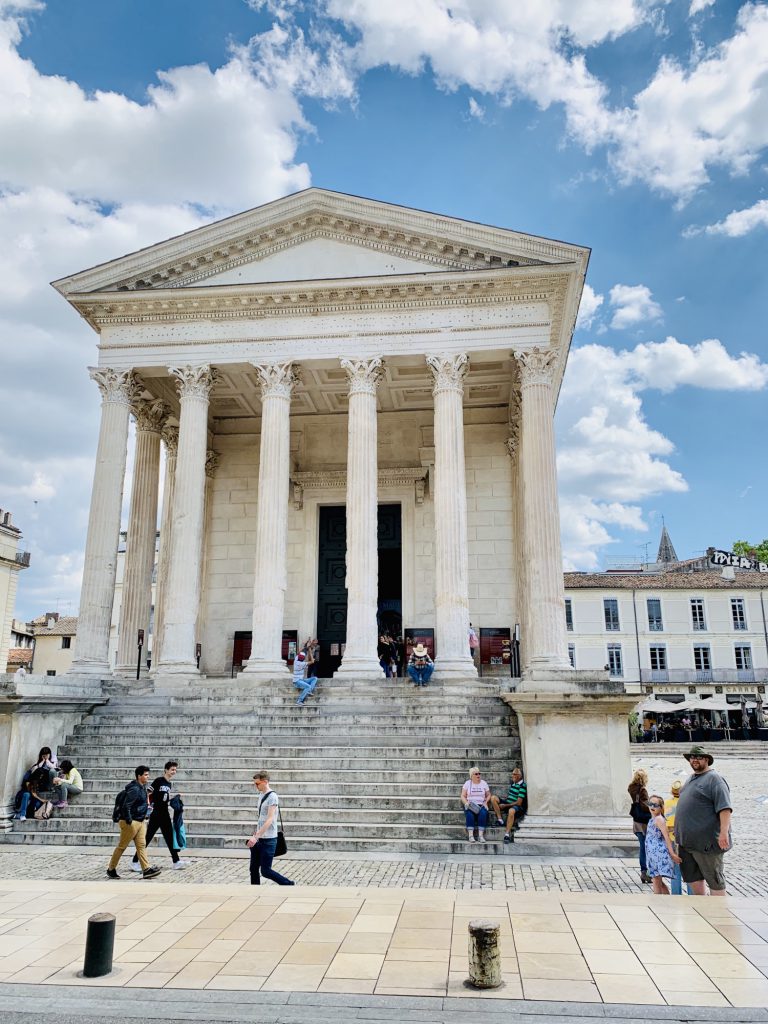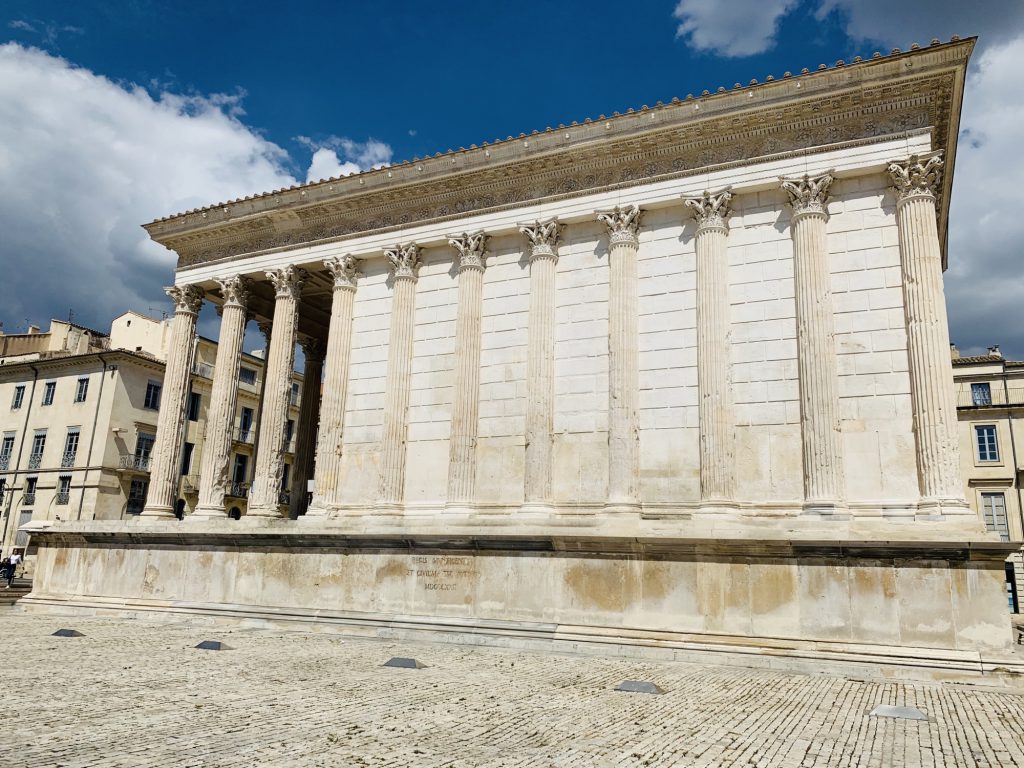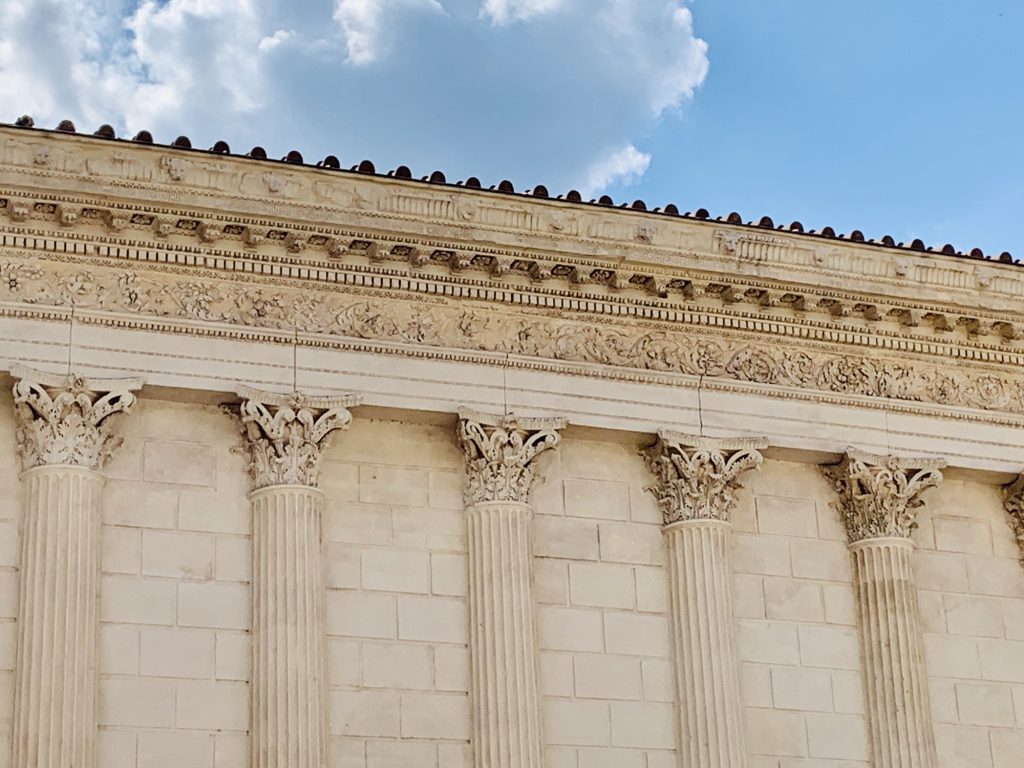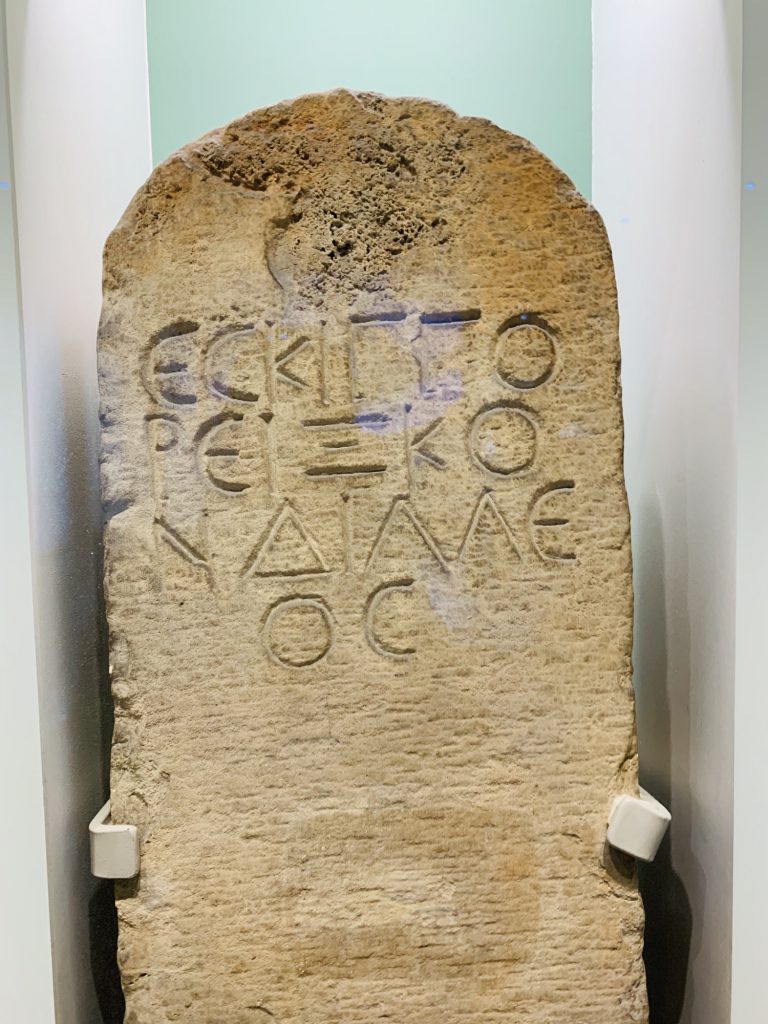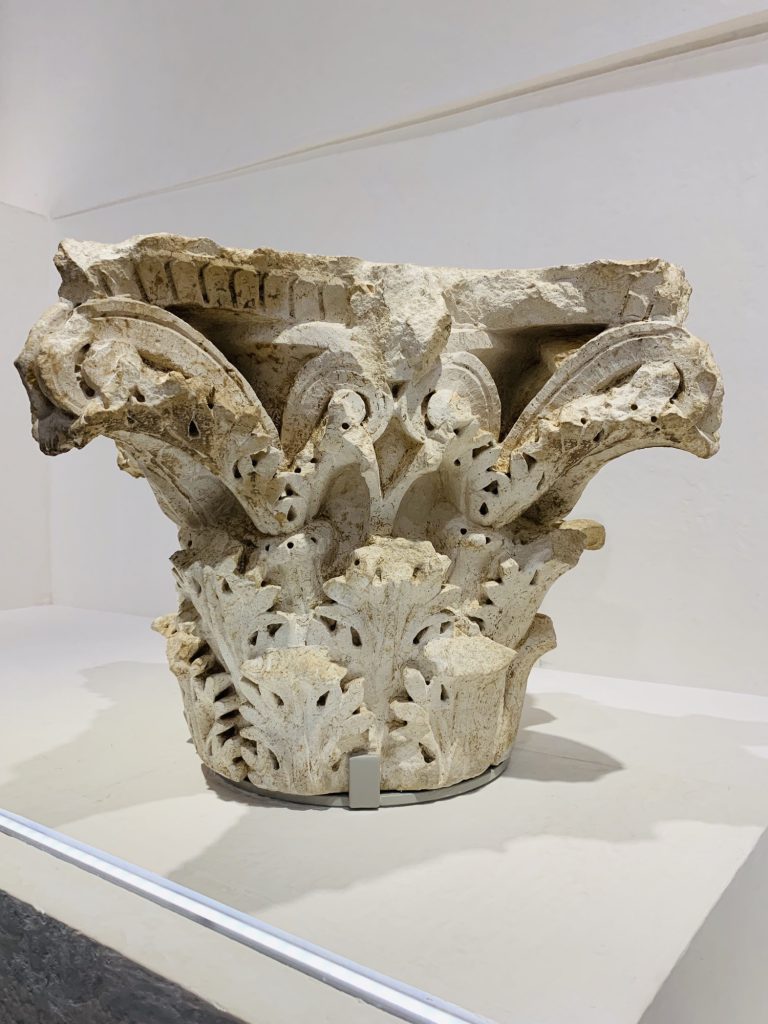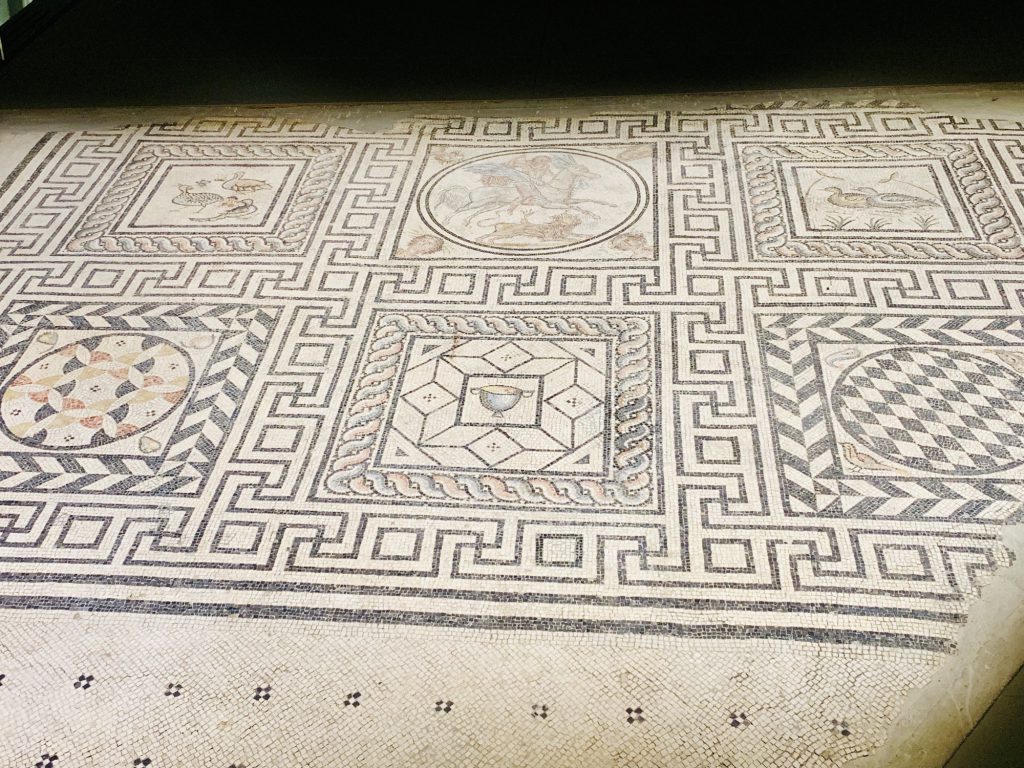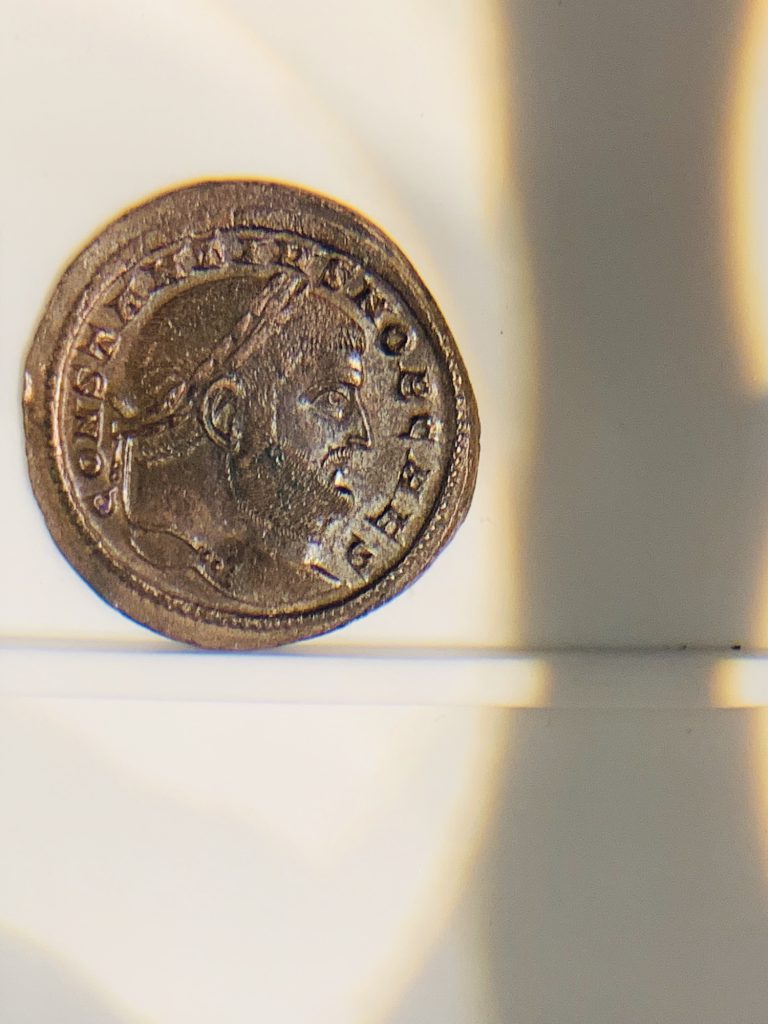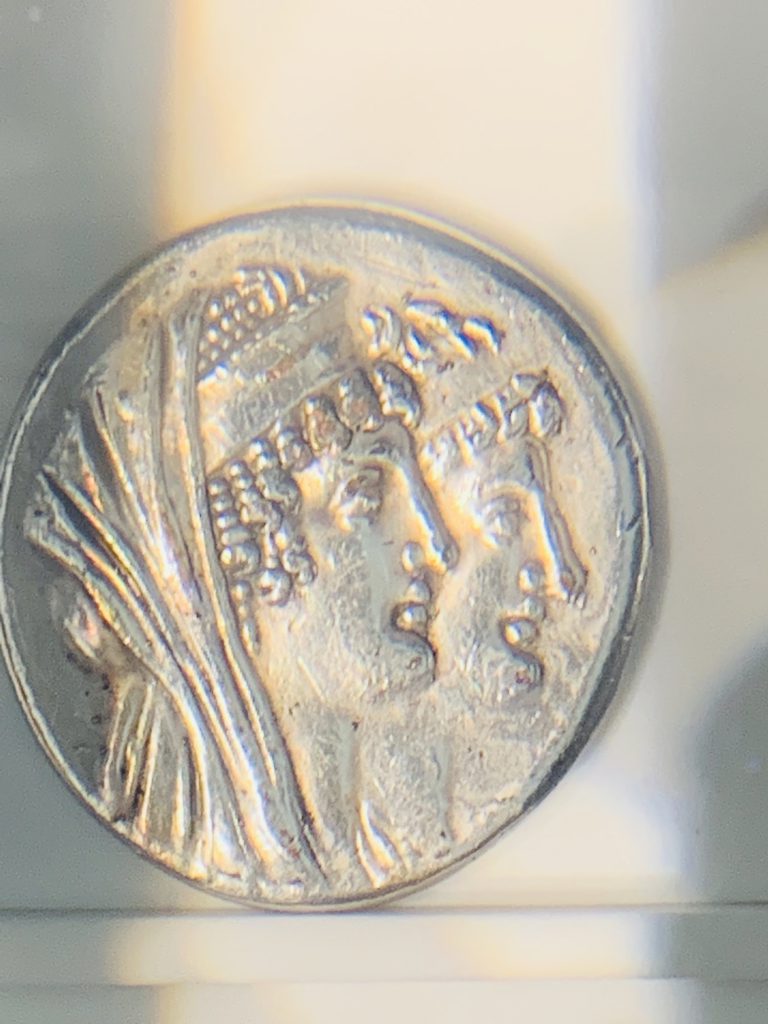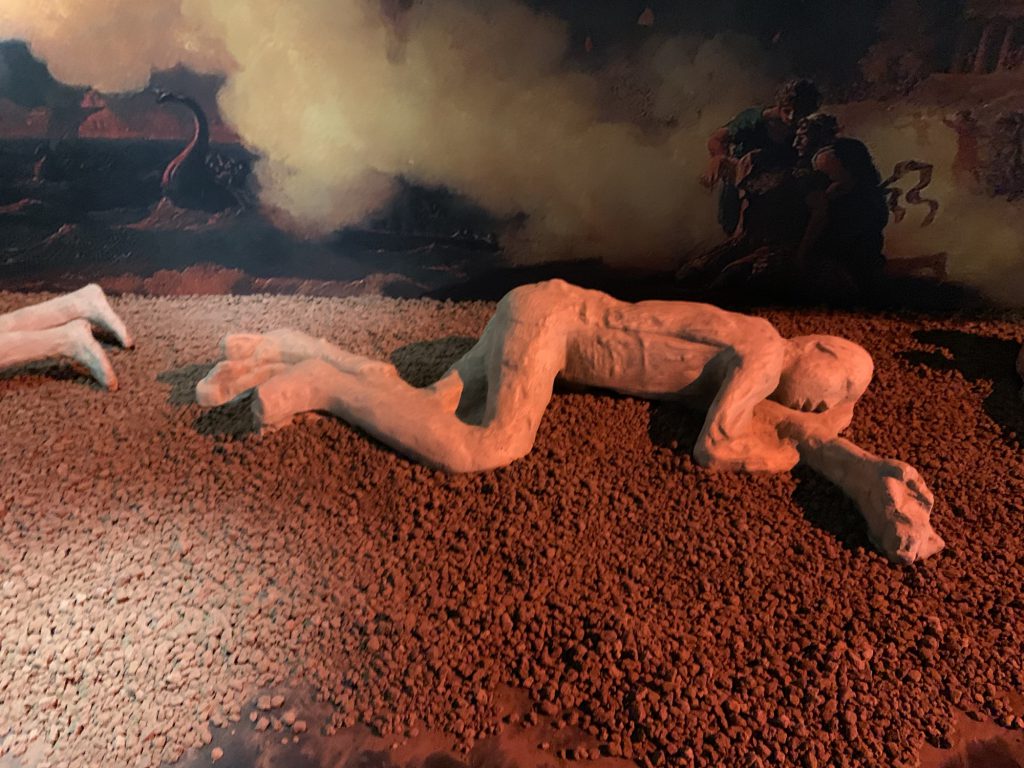After spending a few days stuck in the van due to Olivia’s horrific hayfever, and getting our care package from the U.K. it was finally time for another travel day!
We headed off towards Avignon in hopes of being closer to Nimes and doing the last stages of France. The drive was about 2.5 hours but crazy windy! A lot of the roads were stupidly bumpy and some stuff actually fell out of a cupboard onto George’s head as he was driving!
Camping Fontisson
The Camping Fontisson campsite was nice, but a little small and it took over an hour to get the van close to level in a space. We ended up lifting the back so far that there was plenty of space to crawl under the van.
Yet again we were too early in the year to use the pool as it was closed but we did enjoy using the mini golf, football pitch and Olivia enjoyed playing in the park and on the exercise equipment. The staff were very friendly and one of them even let Olivia drive the golf buggy.
Le Salin d’Aigues-Mortes
The Salin d’Aigues-Mortes is a salt marsh that dates back to Roman times when white gold was one of the most precious materials around. Its presence here ensured that Aigues-Mortes became an important port for many years until industrialisation made Marseille the go-to place and Aigues-Mortes became a much quieter place. About 1/4 of the salt marsh is now given over to salt production, where salt workers manage how much sea water flows into the bays to ensure perfect evaporation.
As the seawater gets more concentrated, the brine shrimp in the water gorge on minerals and create the bright pink waters that make this landscape so strange to visit and very otherworldly. Their pink bodies are a favourite food of Flamingos and give them their pink hue. We were able to see several small flocks of Flamingos on our tour as well as plenty that were just in the water feasting.
The salt farming runs from May to September, and during that time there’s a road train tour around the marsh, with live French commentary and an English audio guide about the history of the marsh. This audio guide was very informative but was not in sync with the train tour which does make it a little confusing. The train stops so you can have a brief climb up a salt mountain. Though it’s only a road salt mountain, it’s still weird to see diggers and industrial equipment driving on piles of salt destined for our dinner tables! The train also briefly stops at a mini-museum where you can see the tools used, and the different types of salt that they make on the site. There are also several salt crystal sculptures.
Conclusion
It was a long drive, we should have stopped and stayed locally in the RV rather than driving past to the campsite we are on, though we saw some beautiful poppy fields, but we’re all glad we made it here and we picked a beautiful day, to see the absurd colours, the wild flamingos, and for an insight into a food source we never think about.
Salt Flat Experiment
Olivia wanted to have a go at making her own salt marsh, so we found a great little experiment by Education.com and gave it a go. It was a really easy experiment to do with RV kitchen items and some mud and it works great.
Carrières de Lumières Provence
Since we first saw a video of it, George and I have wanted to see the Van Gogh projection mapping exhibit that’s running in 2019. We assumed that we would not be able to visit it, but discovered by chance it was being shown in Provence. We couldn’t buy tickets online, but headed off in hopes we could get some on the door.
After driving on some typical French moon rock, or roads as they call them, we were shocked to discover we were in mountainous country, and that the incredibly busy car park was surrounded by rocks rather than art museums.
Turns out this was an old stone quarry, closed after the first world war and eventually turned into the art space Carrières de Lumières.
We parked further up the road, and walked to the exhibition, avoiding coaches being driven the wrong way and crazed cyclists, then discovered that the Carrières de Lumières is an art space built in an old quarry. We paid our fee and went in to see the show.
The pictures and videos can’t do justice to the incredible immersion that you feel when watching the two exhibitions (one is on Japanese art), as the artists have brought sections of paintings to life, all set to music and used the space and walls to create impressive effects. At times you feel like you are physically in the painting. I would recommend anyone able to should see this show.
Van Gogh, the starry night
Japan dreamed
We all really enjoyed the experience, Olivia enjoyed jumping around the patterns and pictures on the floor and imagining being in the various scenes. Both George and Olivia preferred the Japan Dreamed show, but as a lover of Van Gough, I felt quite emotional seeing and being immersed in his paintings.
Chateau des Baux de Provence
A further surprise when we arrived at the Carrières de Lumières was the discovery of this ruined castle, sat high upon the rocks. As our Lumieres ticket included the castle for a small fee, we wandered its ruins too.
A short walk and climb through the pretty medieval village up to the old castle prepares you adequately for the exploration of the castle.
Chateau des Baux itself is a fortified castle that was built during the 10th century and has commanding views of the surrounding lands and mountains. There are a few very tall towers that you can still climb although the steps are not very even. Olivia and I were happy to climb to the top of one and were rewarded with a wonderful view. Dotted around the grounds and ruins were boards in different languages explaining the different sections of the castle.
The huge donjon was carved directly out of the rock and contains some surviving windows, a sturdy fortress if ever there was one.
There was an exhibition of siege weapons with various recreated models to look at. Olivia found the different types of catapults interesting and was amazed to see how big battering rams were.
Our journey here and back to the site took us through some quirky spots but did allow us to see a pair of young foxes out having fun.
The Ochre Trail – Roussillon
Roussillon is known for ochre mining and is often referred to as little Colorado, or Provencal Colorado due to the bright orange cliffs that have been eroded into shapes that echo the deserts of North America. The colour is a result of iron oxide deposits dating back millions of years.
There are lots of options for trekking through these strange sites, including old mines and an area likened to the Sahara! But we decided to visit the town of Roussillon and it’s shorter trail which was more than enough on a hot day!
We parked in the town and walked up through the picturesque village, as we walked along the road and passed a local market we were greeted by the sight of ochre-coloured houses in the various shades of orange and pink produced from this unmistakable pigment.
As you reach the top and see the rocks for the first time it is amazing to see their fiery contrast against the green foliage of the trees.
You can pick from two walks through the Ochre canyons. The longer will takes 50 mins and the shorter one 35 mins. We decided on the shorter one, paid our fee and walked through the gate. We then descended the stairs into what felt like another world.
It was most certainly a unique experience, with amazing sights as you walk around the deep canyons and marvelling at the naturally shaped quarry with its wave like formations and other world like feel. Olivia enjoyed writing in the dust, covering her hands in the different colours and making handprints on the rocks. She also said she thought it looked a little like being on Mars.
You do need to make sure you don’t wear white as it will get stained and it’s advisable to bring a towel to clean your child and dogs feet before letting them back into the car. Peppers legs and belly were orange!
Pont-du-Gard
What can you say about the Pont-du-Gard?
This almost 2,000 year old structure still stands tall over the river it was built to cross. A major part of a massive aqueduct linking the Uzes spring and Nimes. The aqua duct drops just 12.3m over its 28km span, as it winds around hills, over rivers and across fields.
The fabulous museum shows just how many structures were built, how each was unique for its requirements, and the route that the water took on its way. Seeing the plumbing, fountains and even taps that the Romans’ used gives yet more fascinating insight into an incredibly advanced culture of engineering.
We missed out on a tour of the Pont du Gard, but we still climbed to the top and got a look at the surprisingly narrow duct that the waters would have run through, as well as some remains of the rest of the aqueduct which are now accessible via a tunnel.
In the baking heat, Olivia and I (and a few others) took some time to paddle in the warm river that still flows under the great old structure. We all really enjoyed our visit here, Olivia loved seeing the large structure and seeing how it was built but most of all enjoyed playing in the river. A fascinating, and beautiful place you could quite easily spend a whole day exploring.
Haribo Museum – Uzès
What would a trip to Uzes be without stopping in at the Haribo museum?
Apart from the 18 bags of sweets we received for coming! The museum covers some of the early uses of sugar and the history of confectionery in French and English, and of course the Haribo brand.
You see how Haribo was started in a small laundry room, the moulds that were made with starch originally but are still used today, how they are coated and how the brand grew.
There is a section on how sugar is grown, harvested, refined and turned into sweets which was very interesting, and the difficult parts are broken up with interesting things for kids to do, which Olivia very much enjoyed.
At the end of the museum is a huge shop selling most types of Haribo in 1kg boxes! As well as various other items. We resisted splurging on our favourite flavours and settled for a Haribo Teddy for Olivia – as there’s no way we could resist eating them all! You could even buy Haribo smelling shampoo!
A great museum, much better than we expected with great information and very interactive for the kids.
Nimes
Roman Amphitheater
The amphitheatre in Nimes was one of our big stops. It’s the best preserved Roman amphitheatre in the world, and is still used for exhibitions and concerts today – though the building is supported and slightly more modern safety equipment is in place!
Seeing the amphitheatre as we walked around the corner was an awe-striking moment, though it’s remarkably small inside.
The walkways, steps and crowd management for the 24,000 spectators it could hold is comparable to any modern sports stadium, showing just how well the Romans considered and engineered their buildings.

The excellent audio guide is free, and gives lots of information – and clears up many myths – about gladiatorial combat, including that many people choose to be gladiators, they were not all slaves and even women became gladiators, which Olivia is now obsessed by!
As well as the Romans and the Gladiators it also covers bullfighting which it was later and is still occasionally used for.
The only downside to the trip is some large steps at the top of the amphitheatre, where someone split their shorts – necessitating a crude jumper kilt and a hasty shopping trip! Mentioning no names, it was mortifying for a while, but he could look back and laugh about it later!
An amazing place that we all thoroughly enjoyed. I think this was one of Olivia’s favourite places so far, she loved the audio guide and learning about the gladiators but most of all she loved sitting in the seats up high, where Romans had once sat, imagine a big Gladiator battle was taking place. Make sure if you go on a hot day you take plenty of water as it is a sun trap.
Maison Carrée and Roman Museum
The Maison Carrée is a Roman Temple built in Nimes which has been incredibly well preserved and restored over the last 200 years.
The buildings’ exterior is now as it was in Roman times, though it is no longer surrounded by the Forum.
Inside there is a small cinema which shows a film about how Nimes was founded, its ties to the Roman Empire and how the first games at the Amphitheatre came about.
Romanite Museum
The museum is a modern edifice standing in stark contrast across the road from the amphitheatre.
The museum was interesting but had little English language information. We were very impressed by the incredible mosaics, of which there are many, and their superb detail.
The Museum and the Maison Carrée were both an excellent way to round off our visit to the amphitheatre, and given the extra tickets were just €3 each, excellent value too.
Conclusion
This stop was more about driving to locations we really wanted to see rather than the area we were staying in itself. We did drive through Avignon on many occasions and saw the amazing city wall and short bridge but the seeds from the trees were filling the air like snow, so with both George and Olivia suffering badly with hayfever, we decided to give the city a miss on this occasion. We visited some incredible places over the course of a week and we are glad we stopped in the area.









